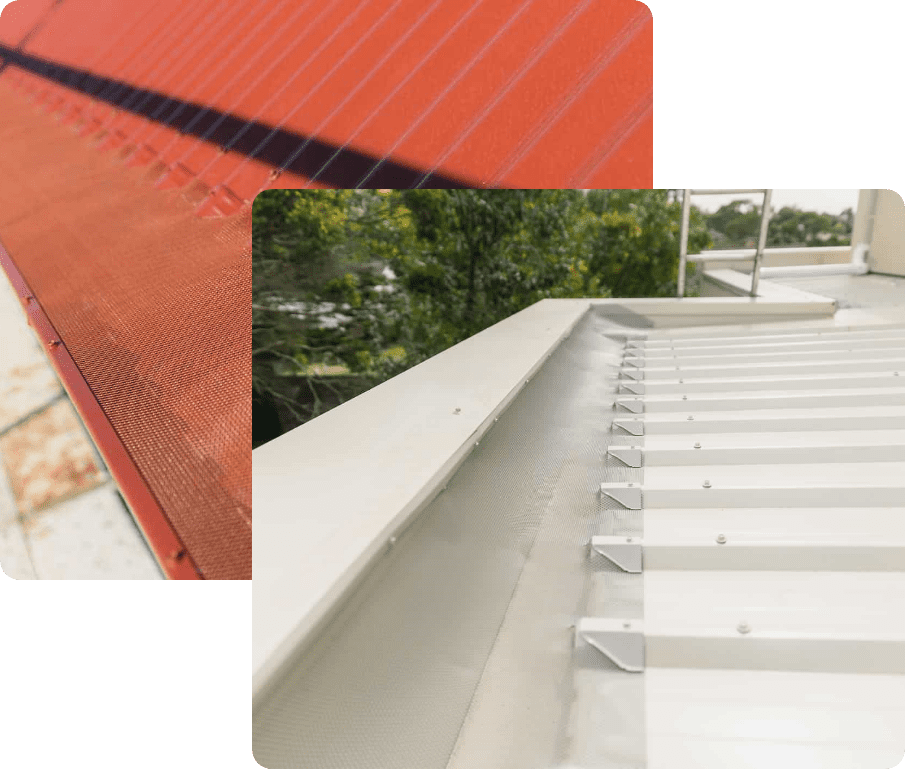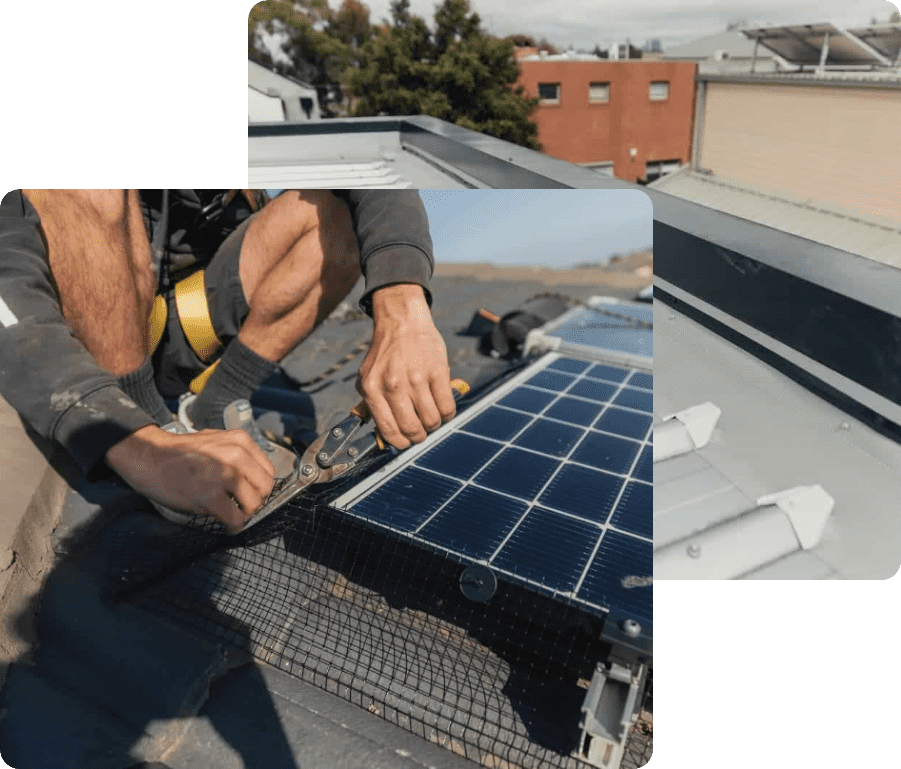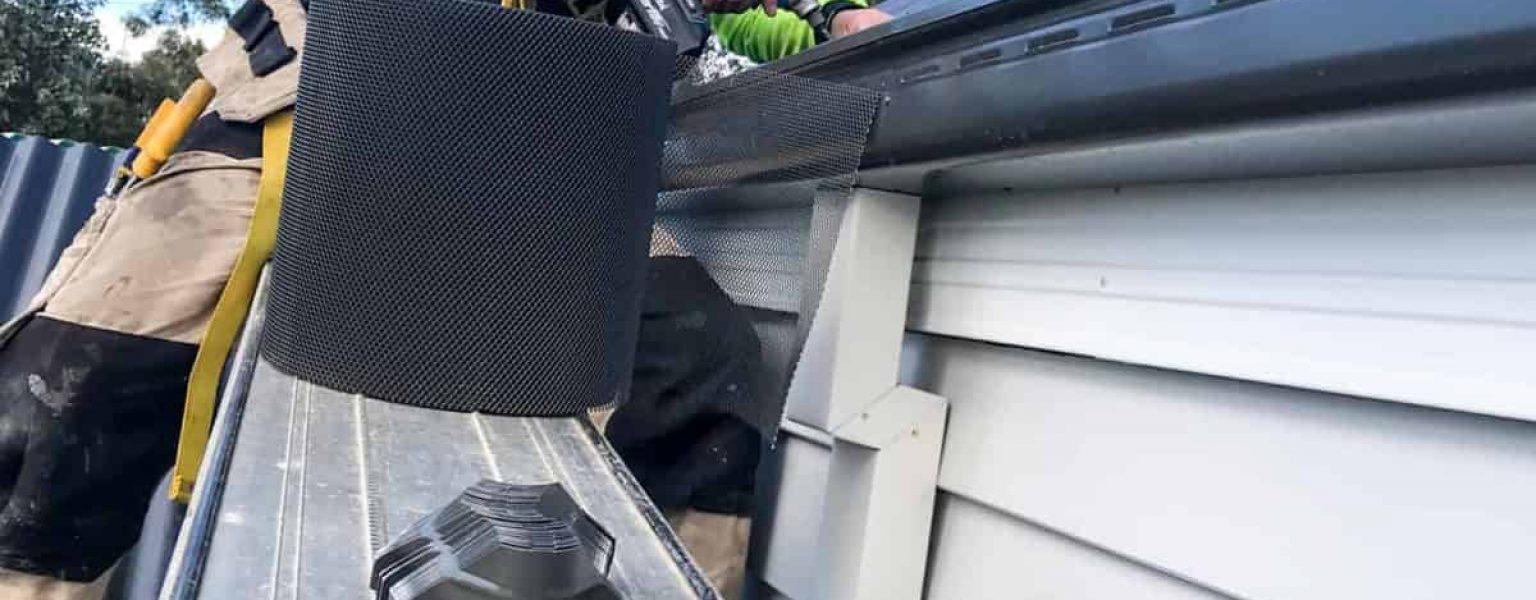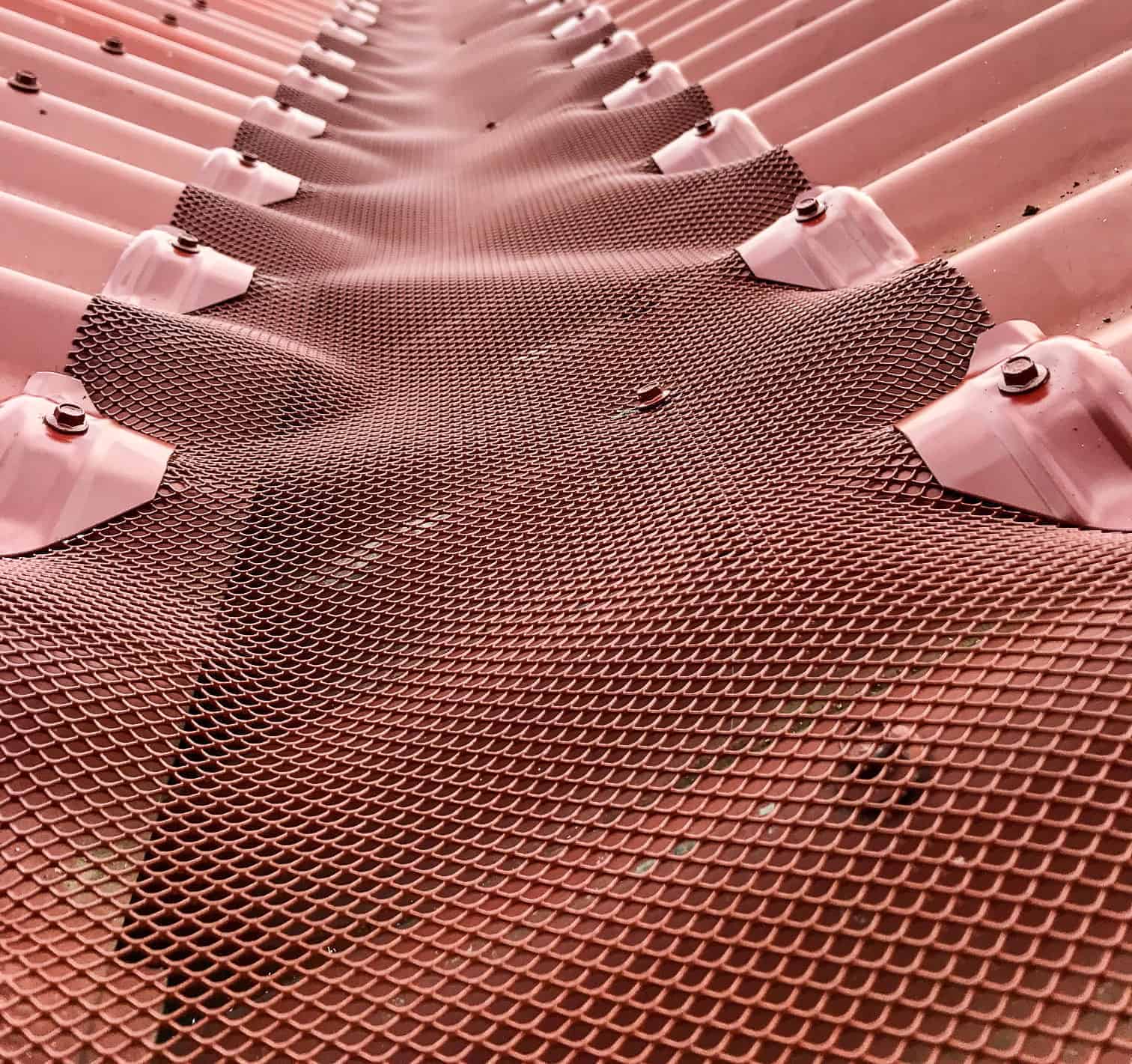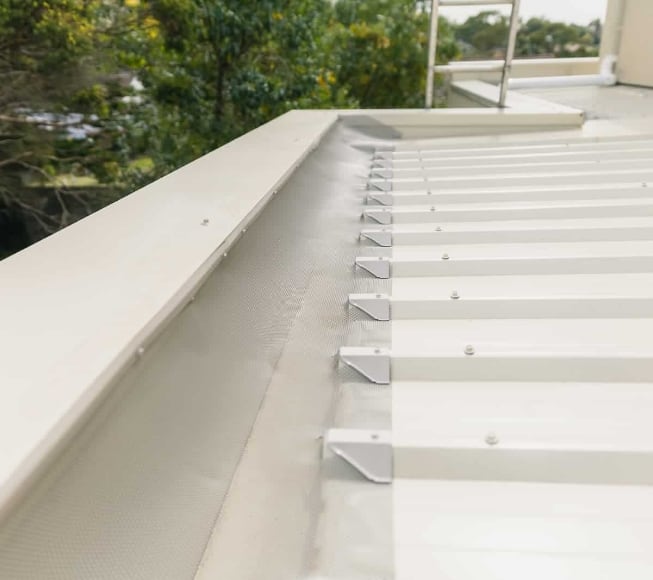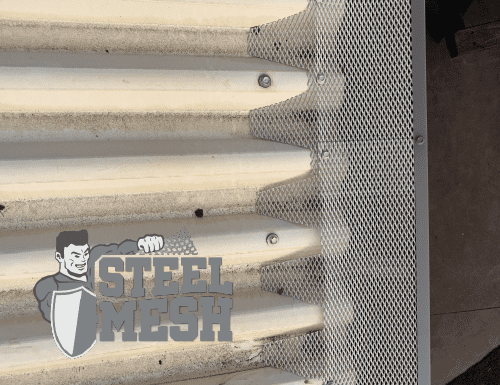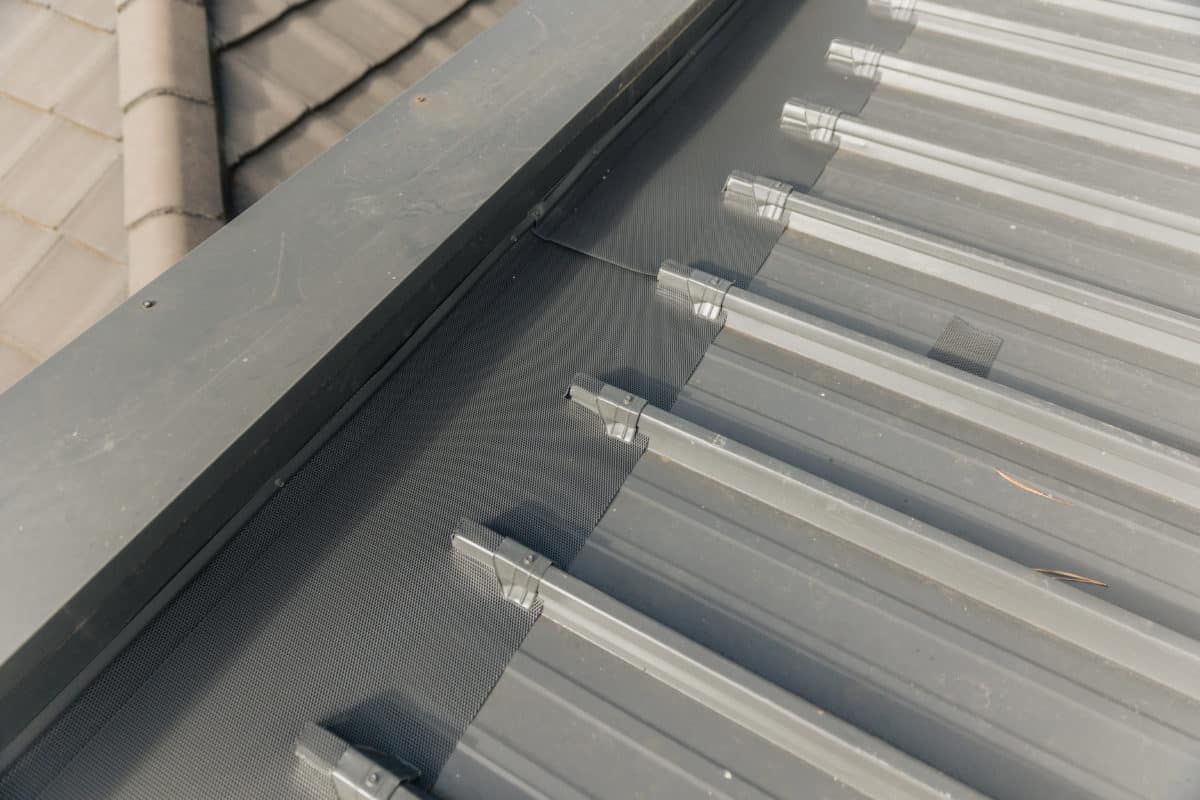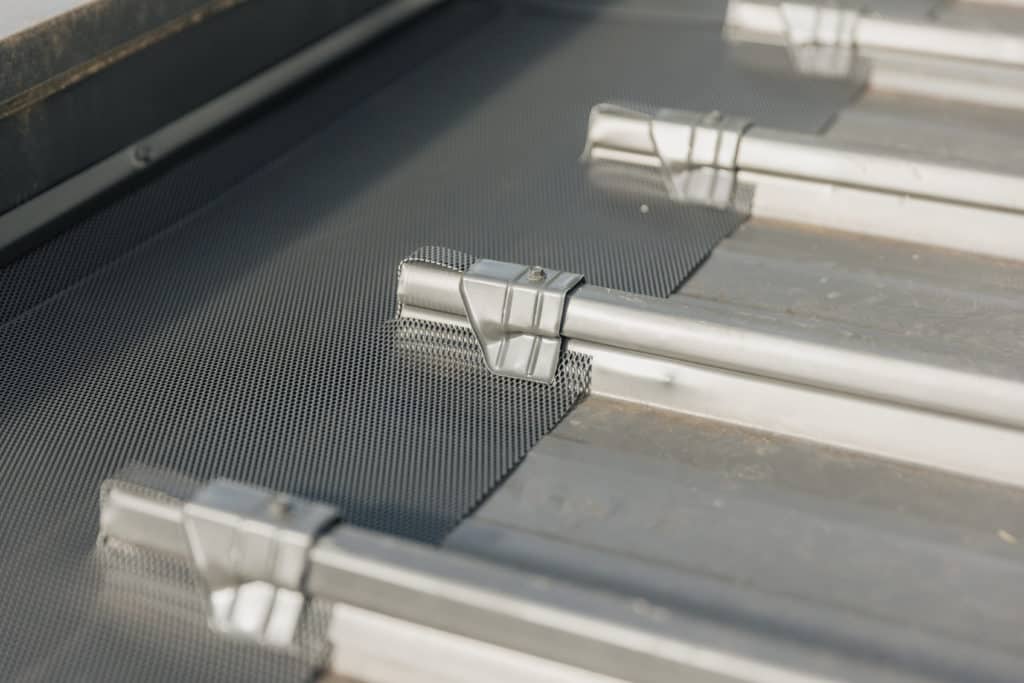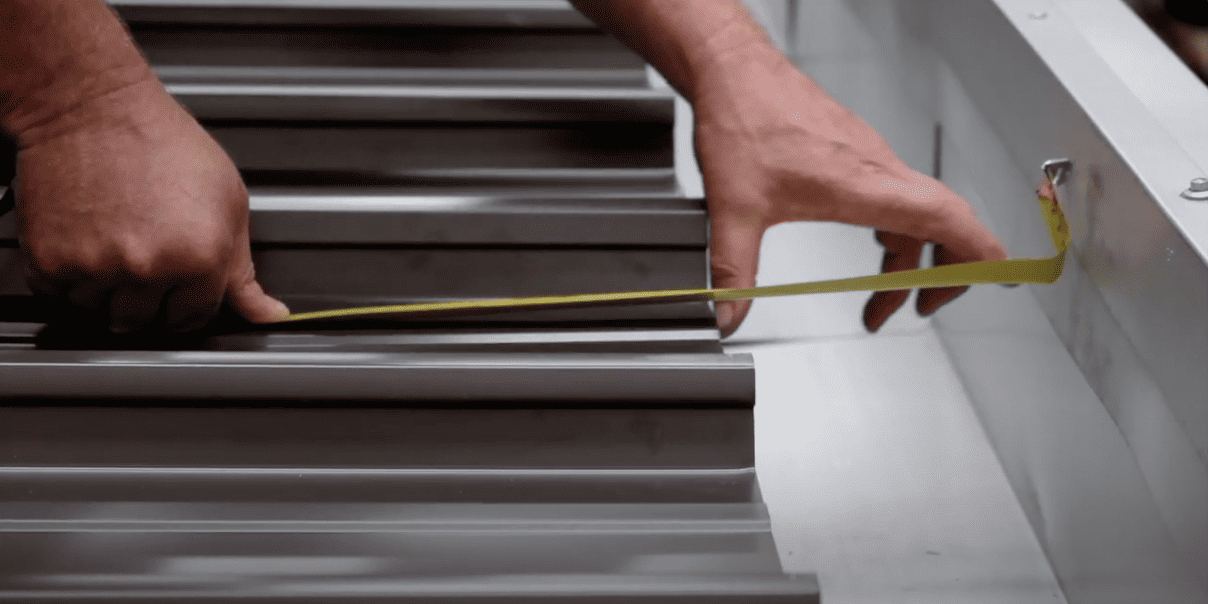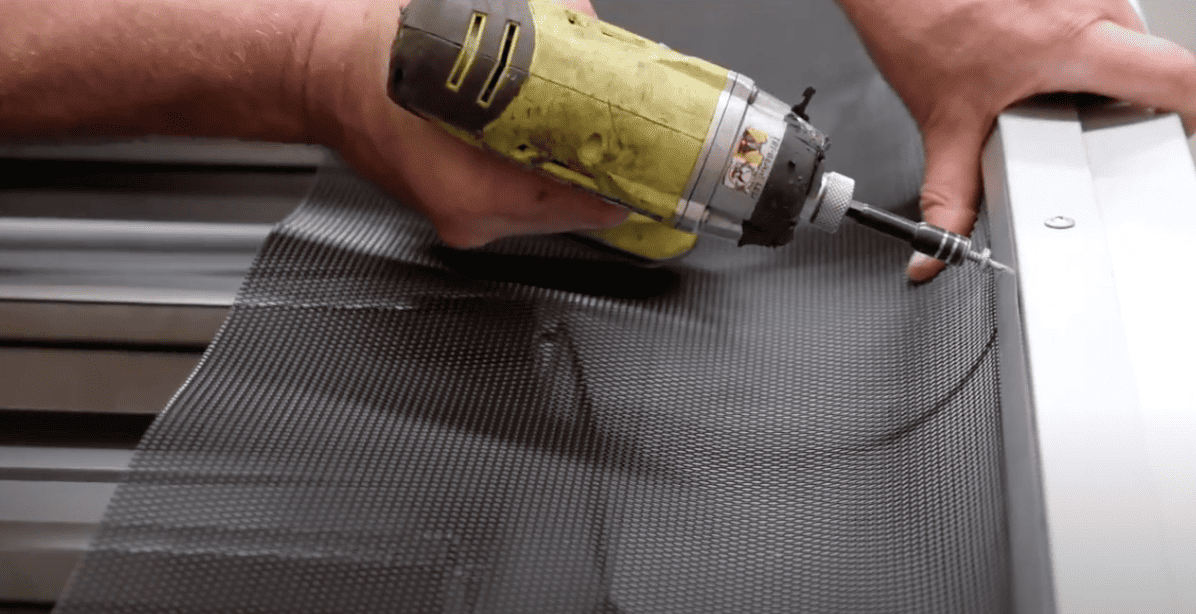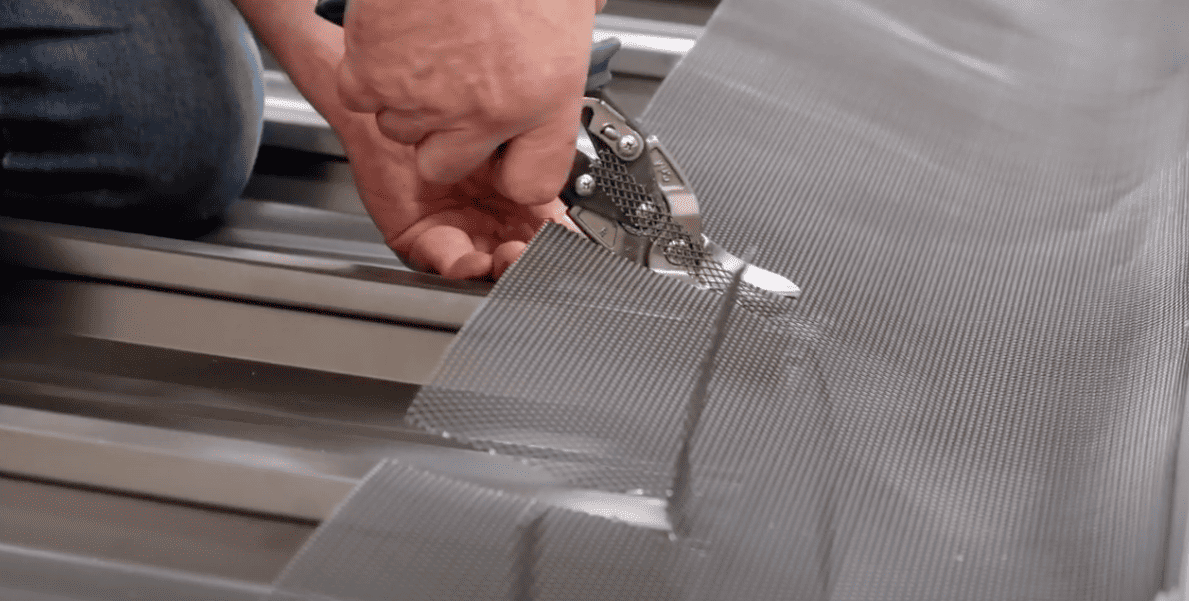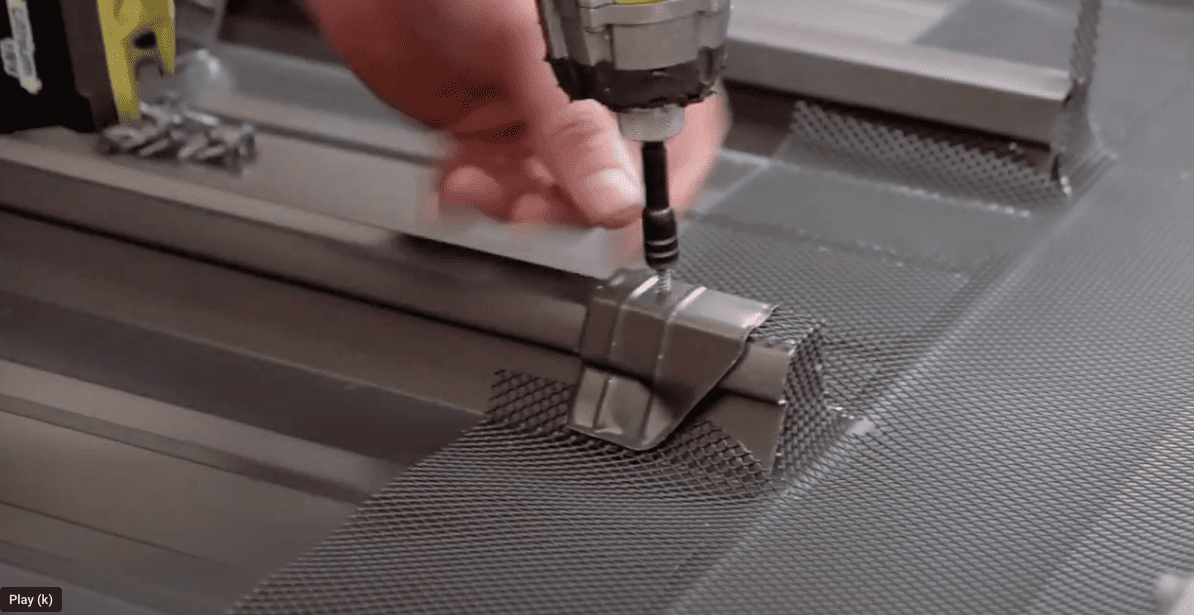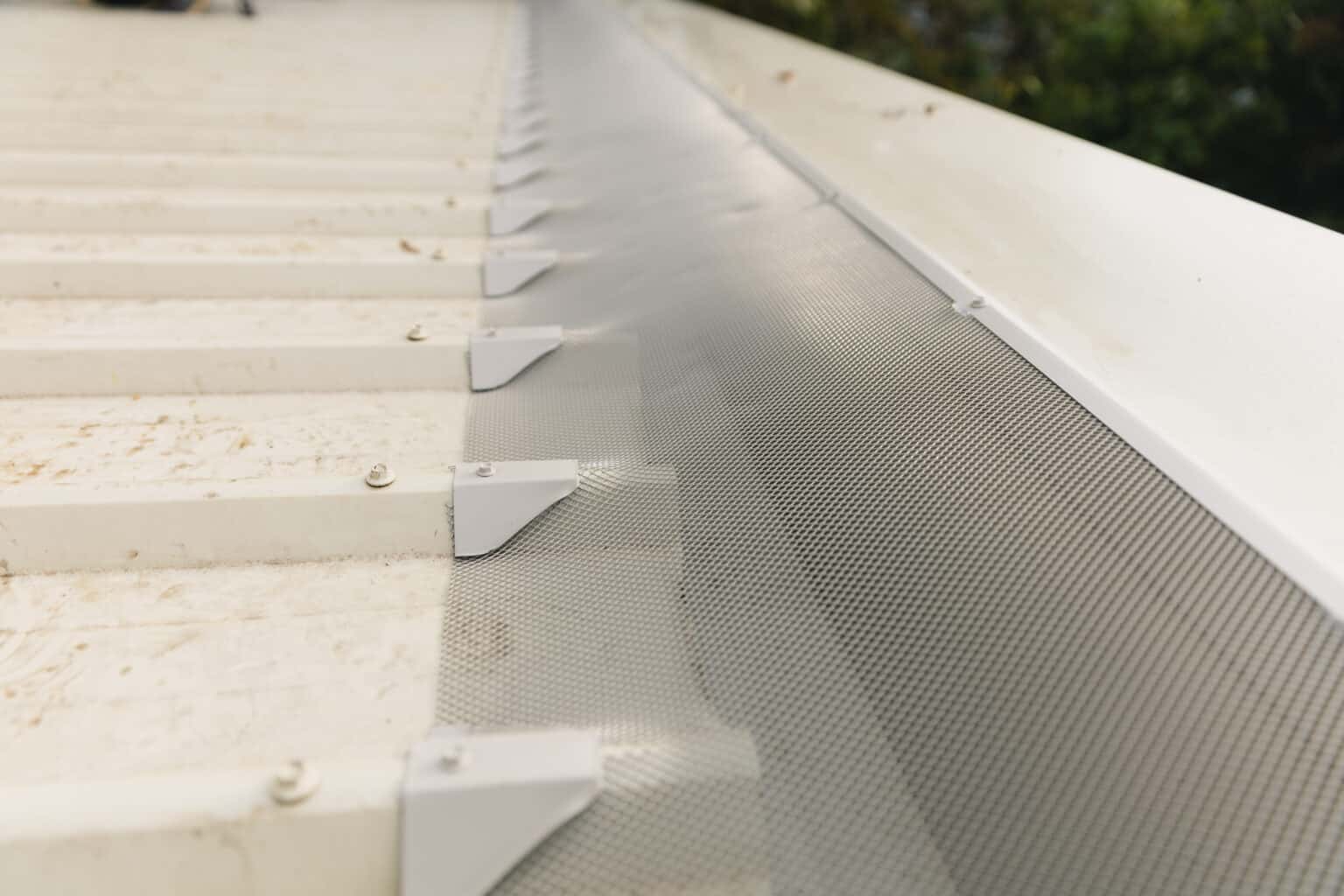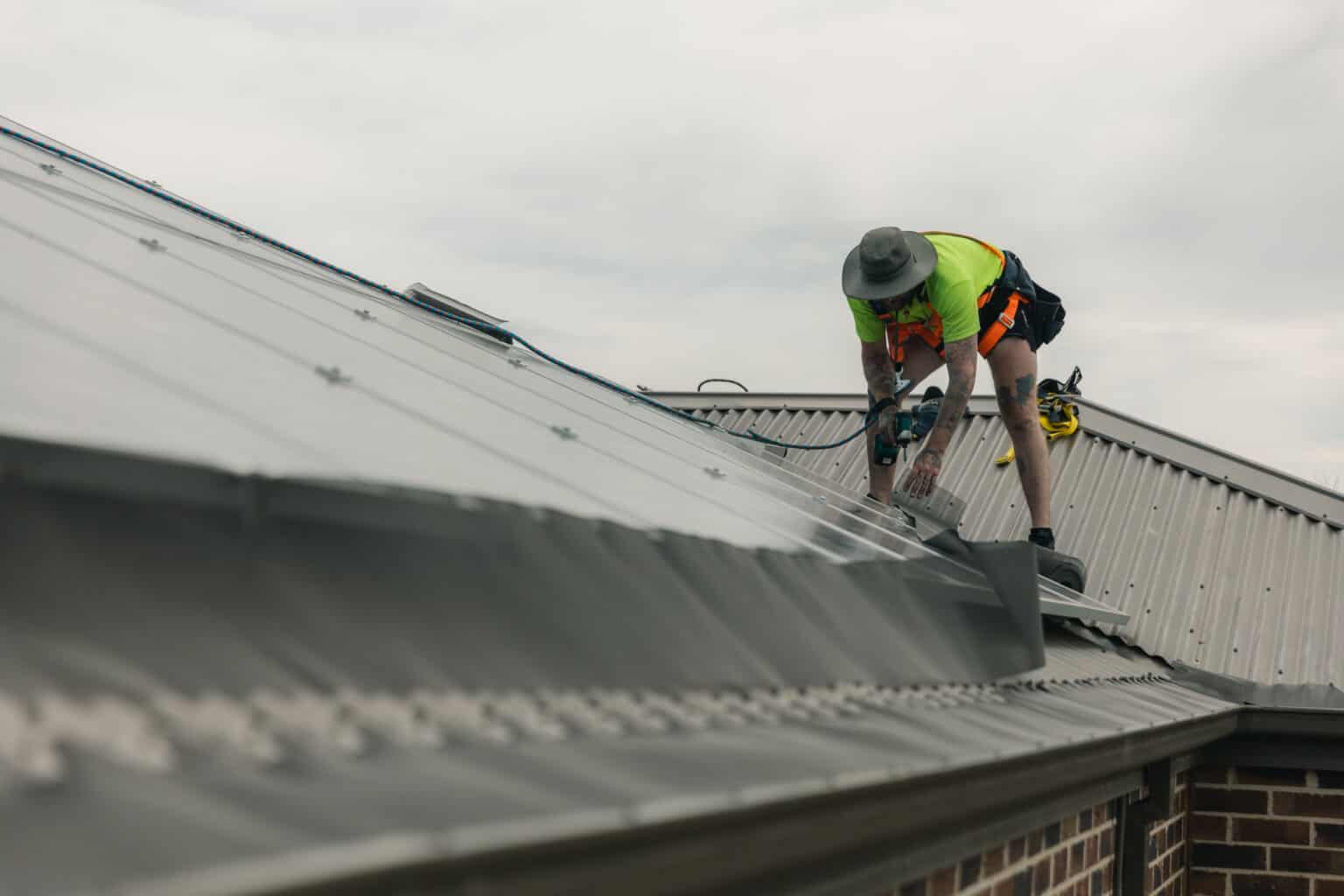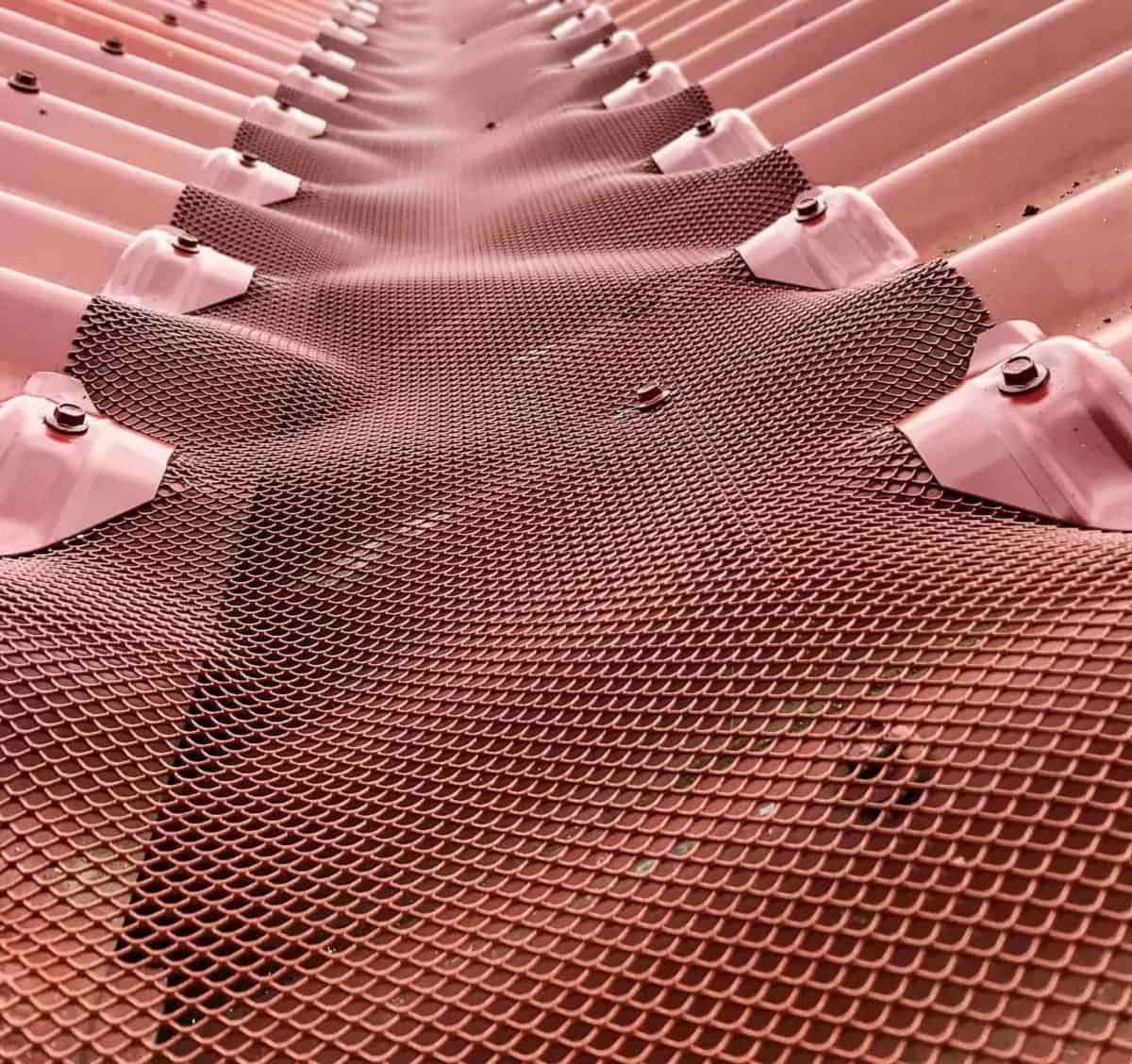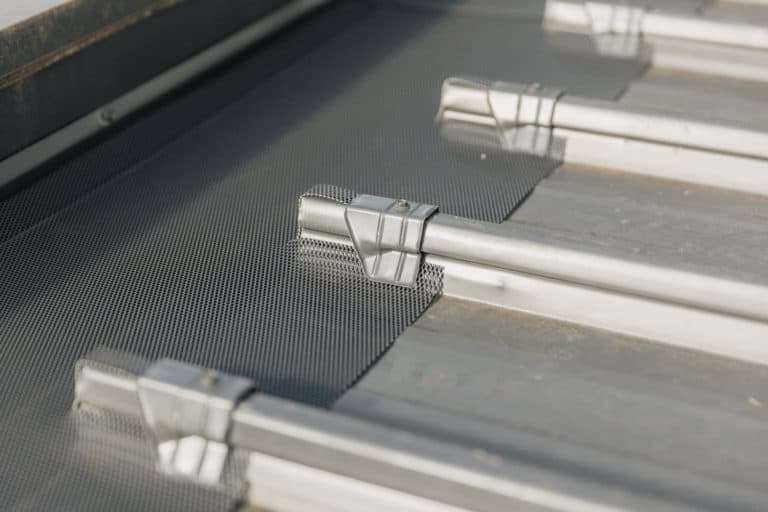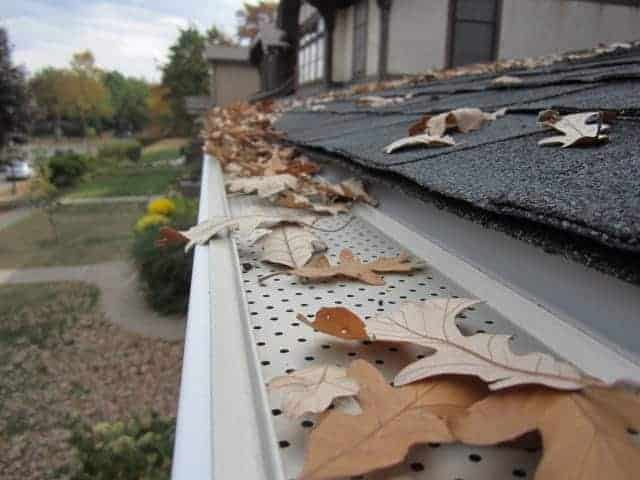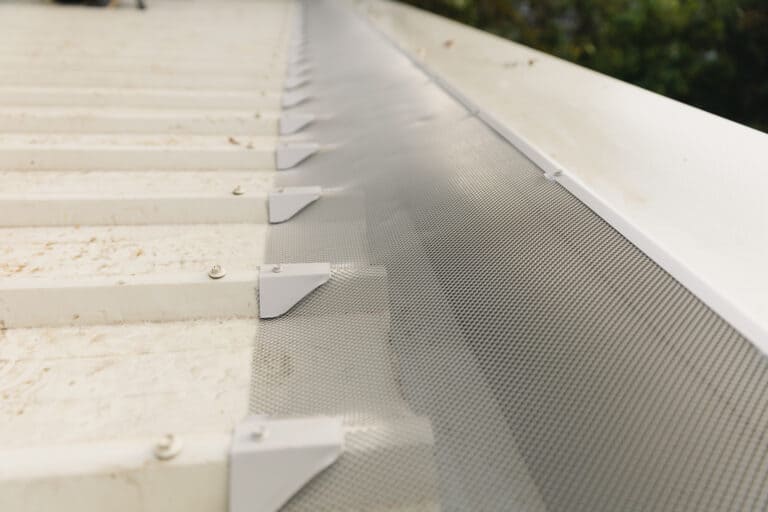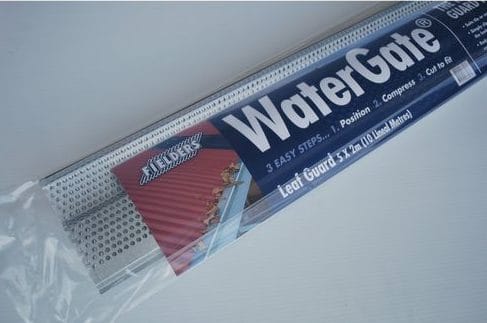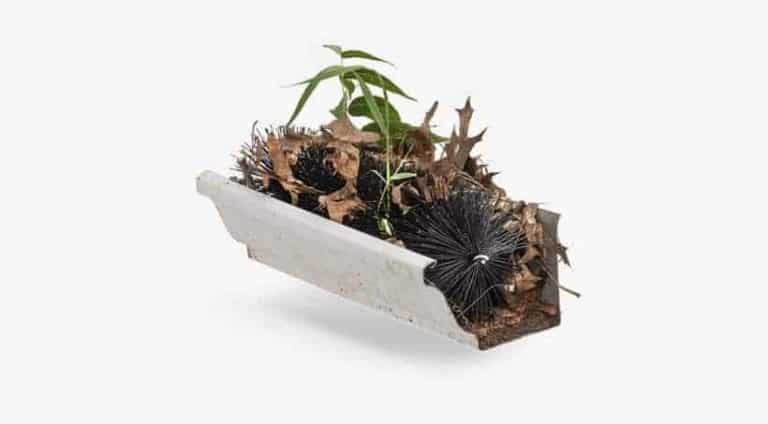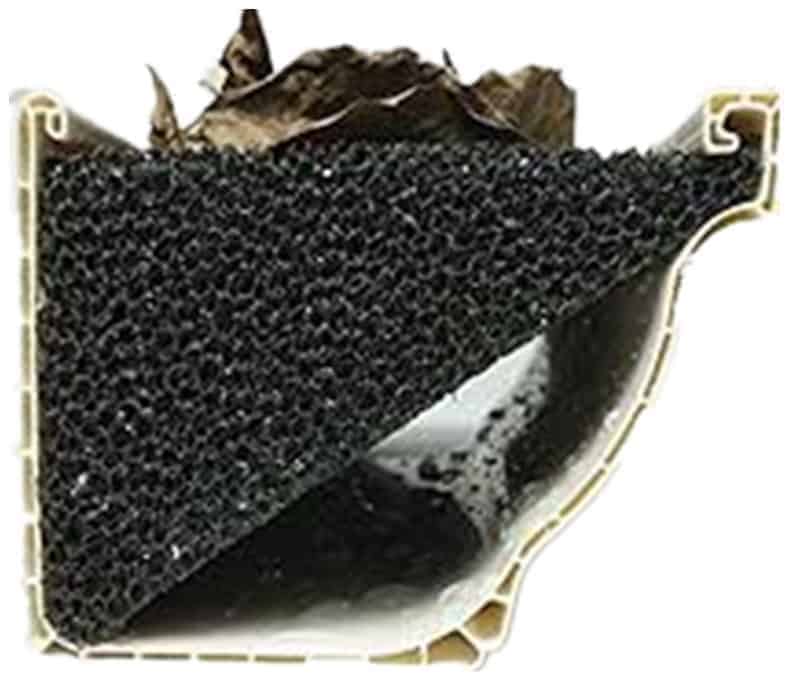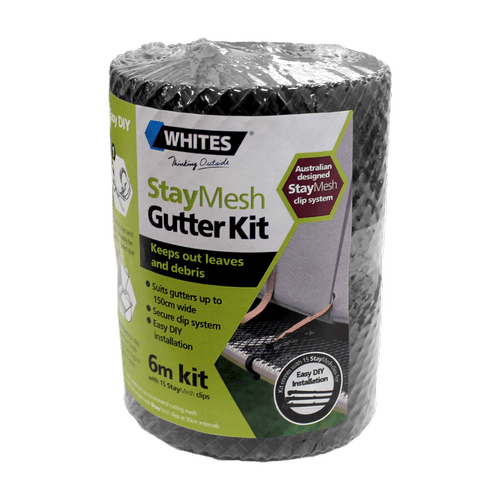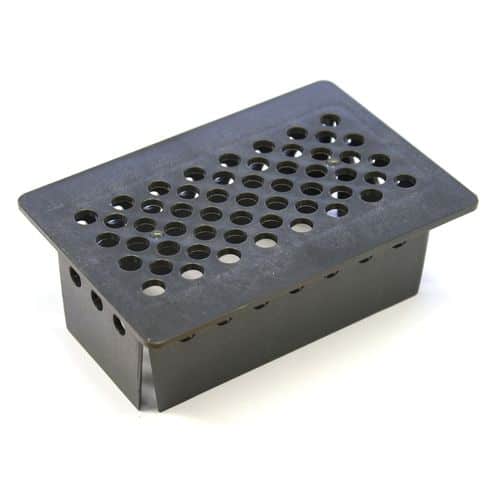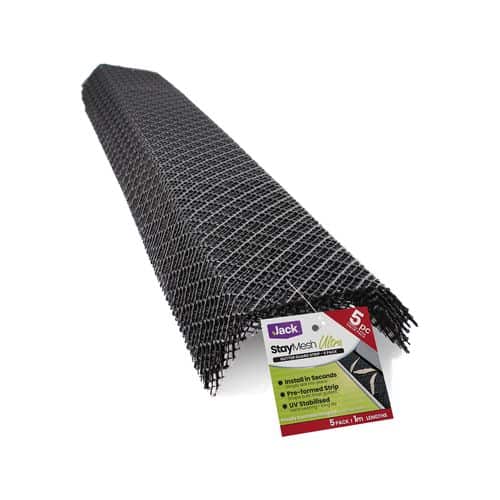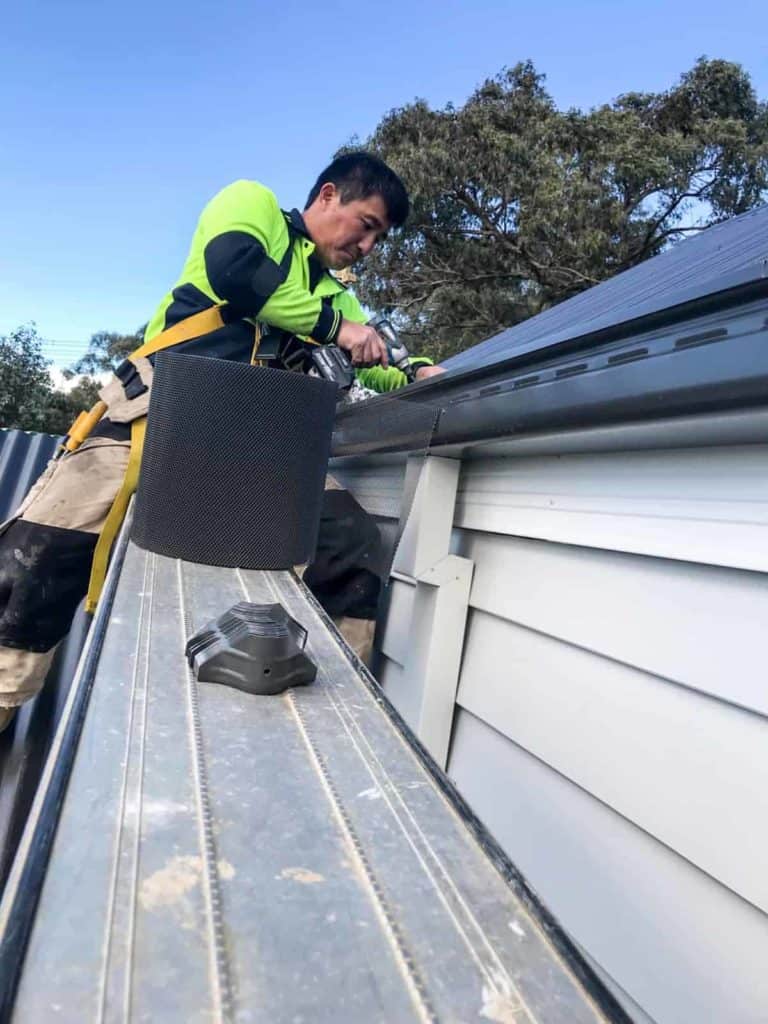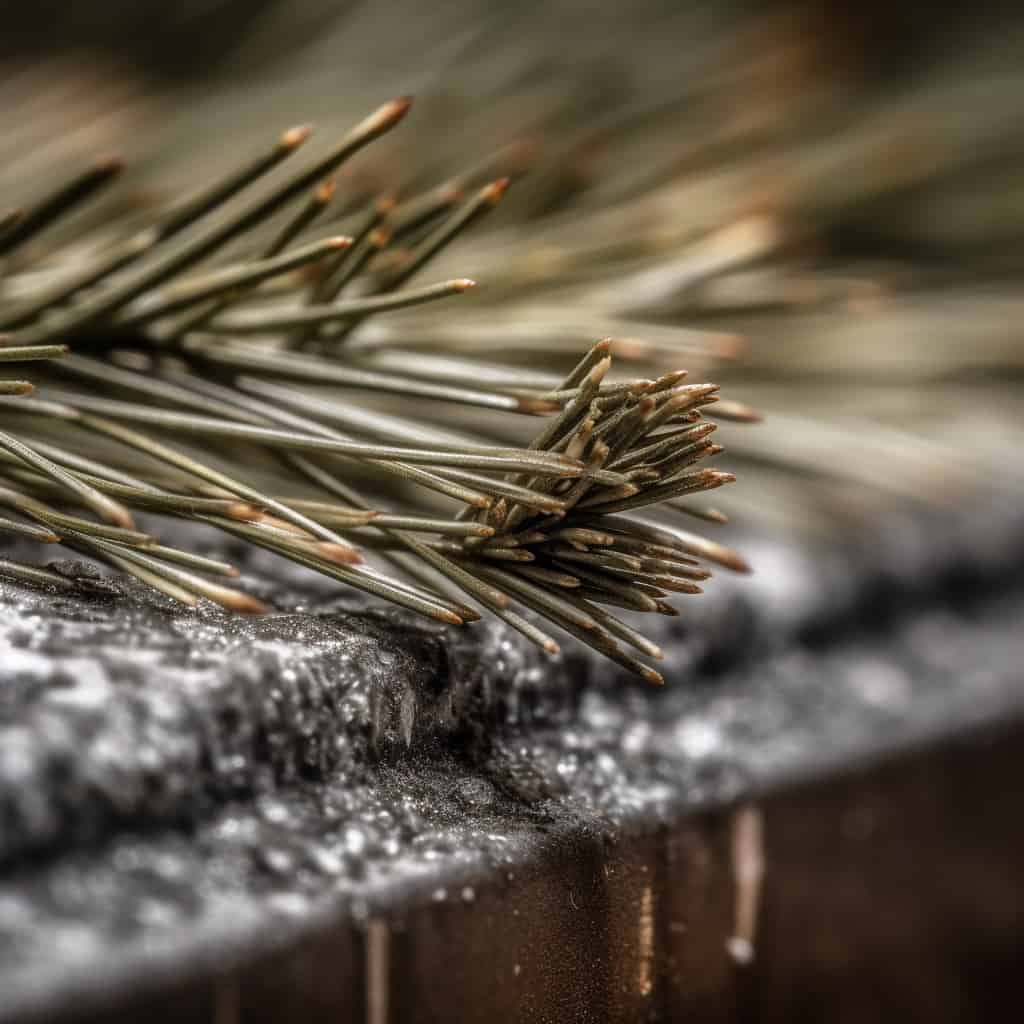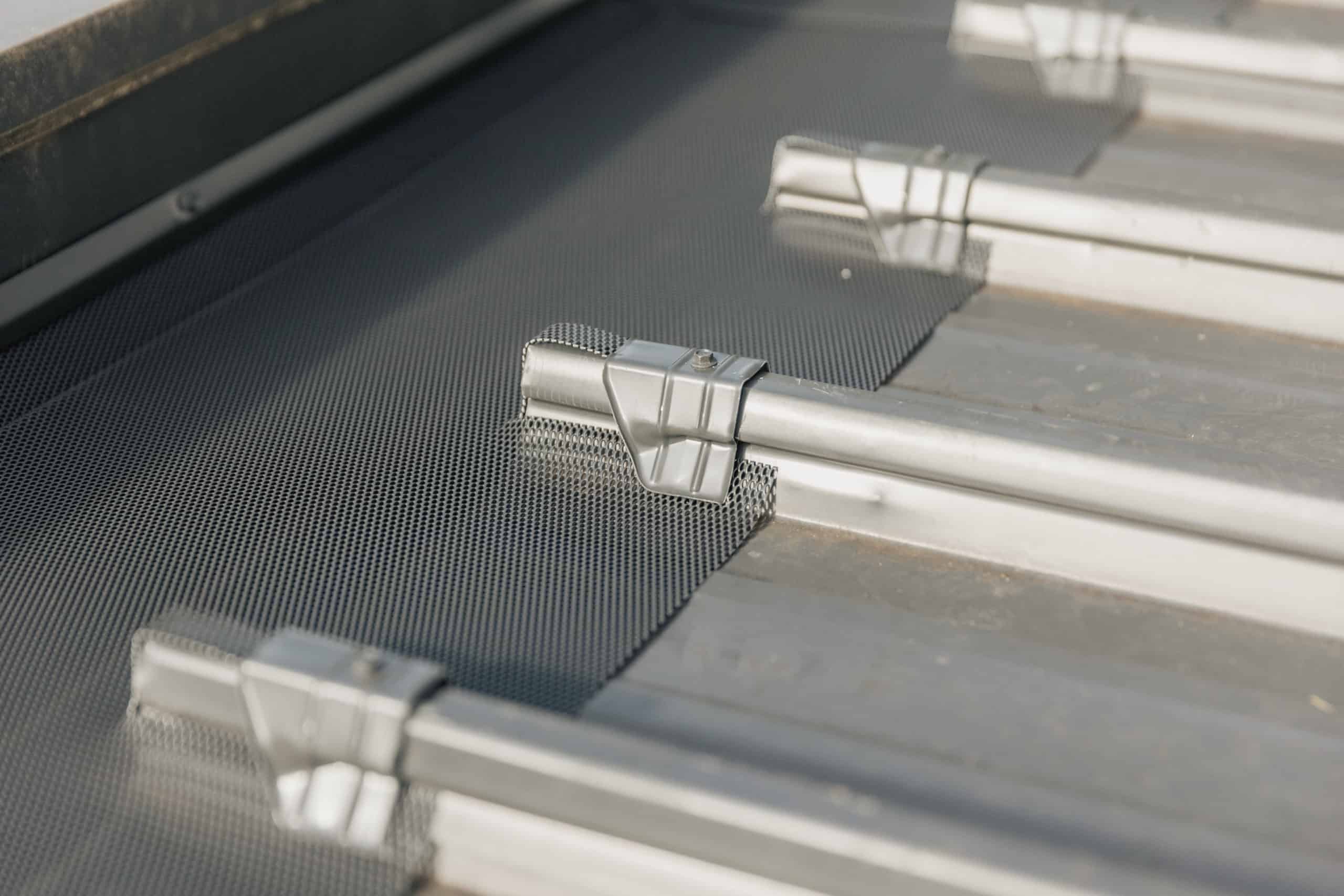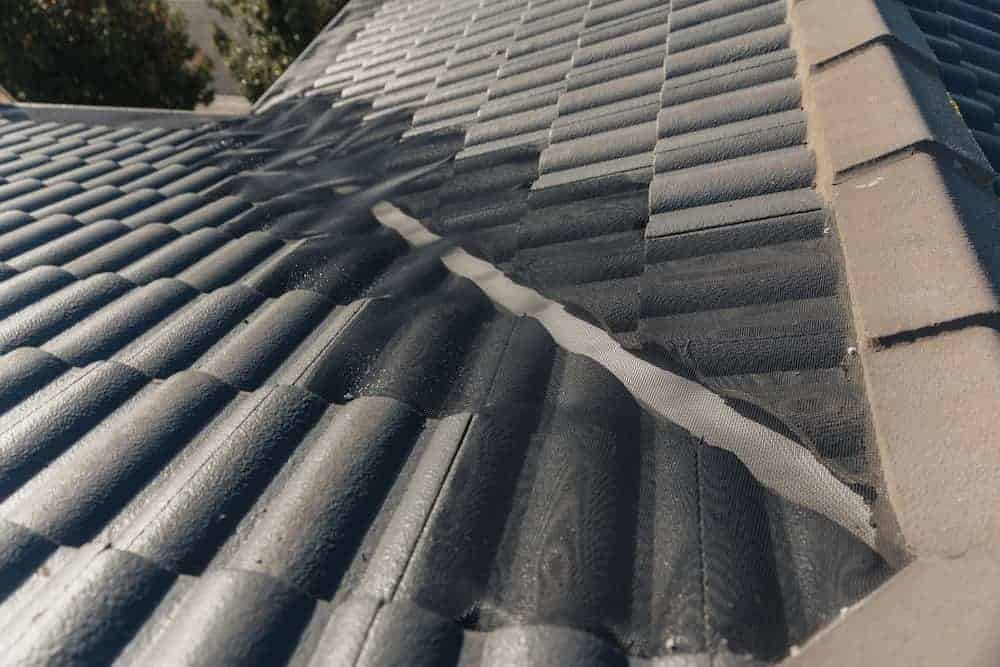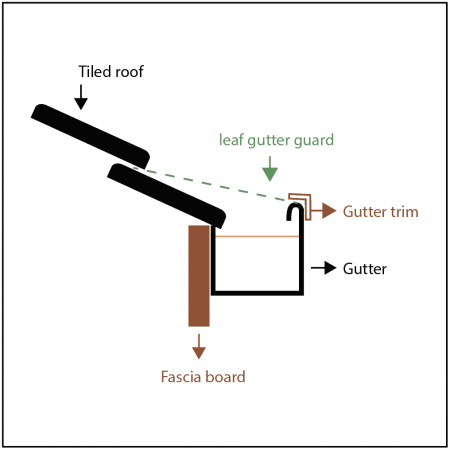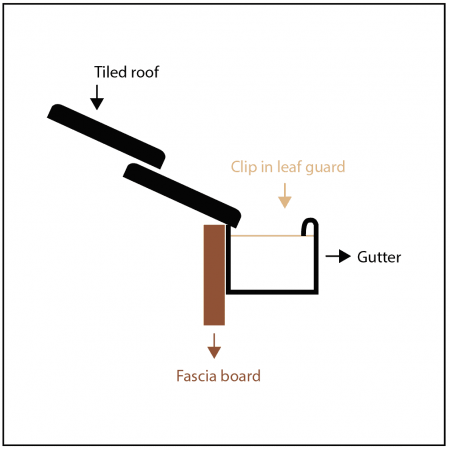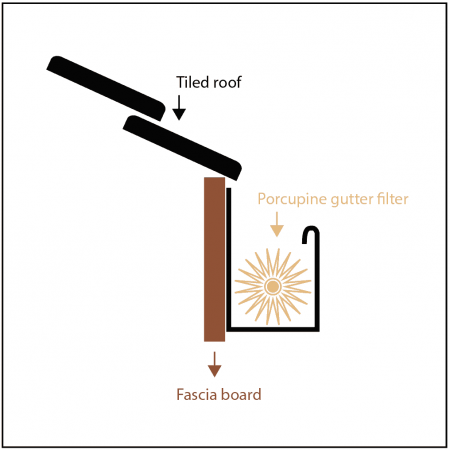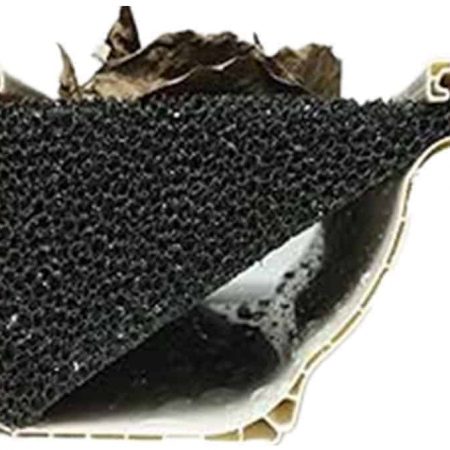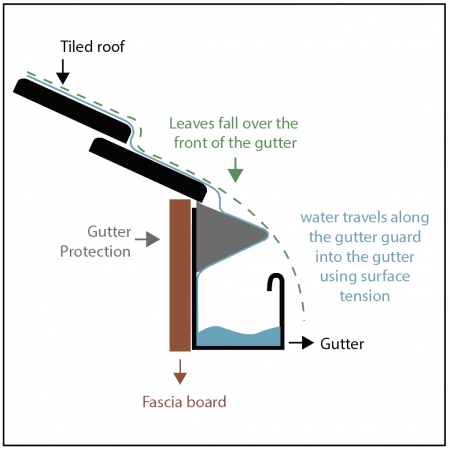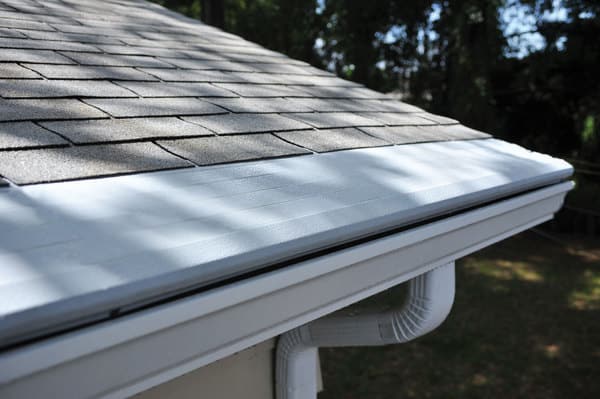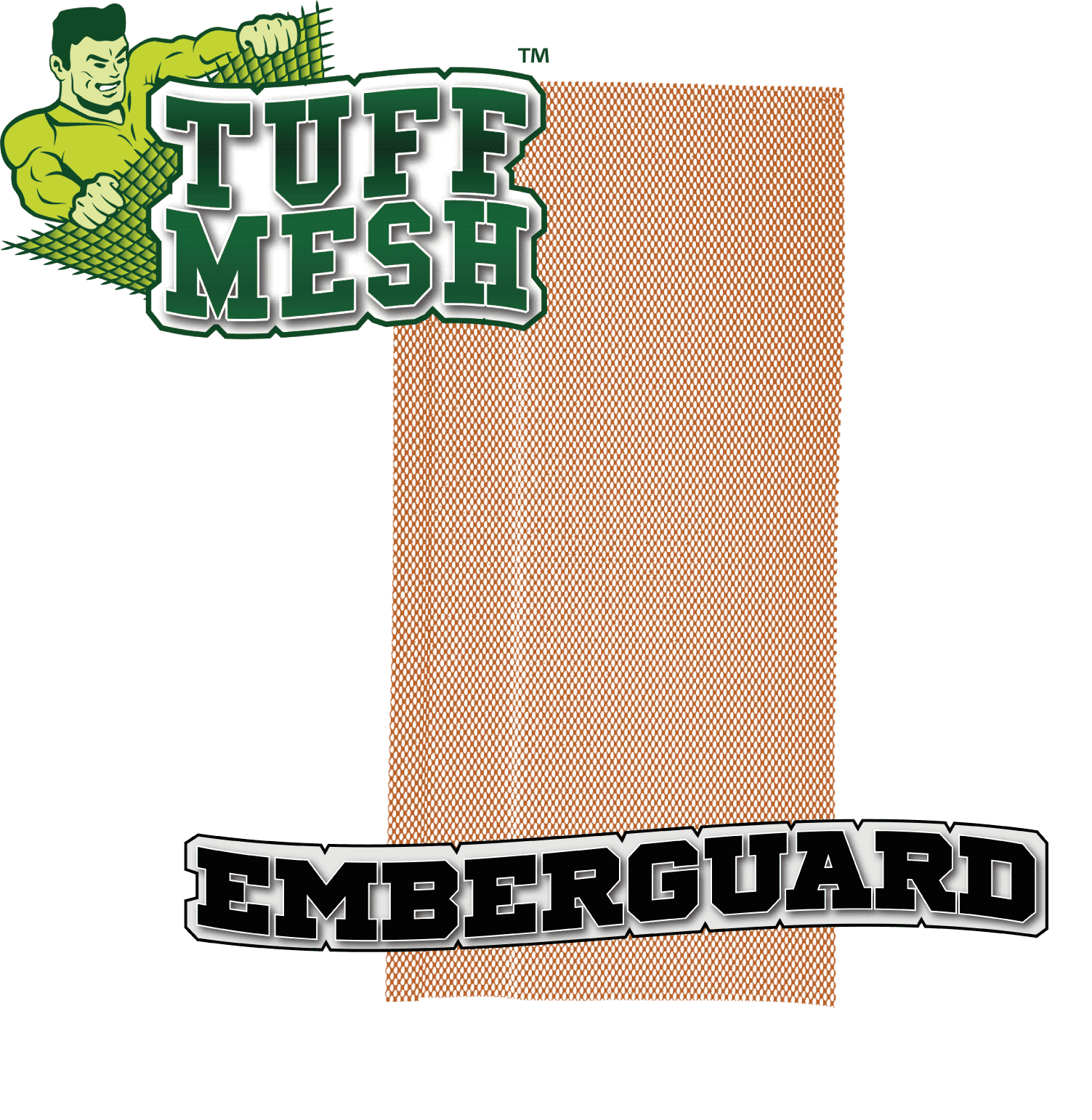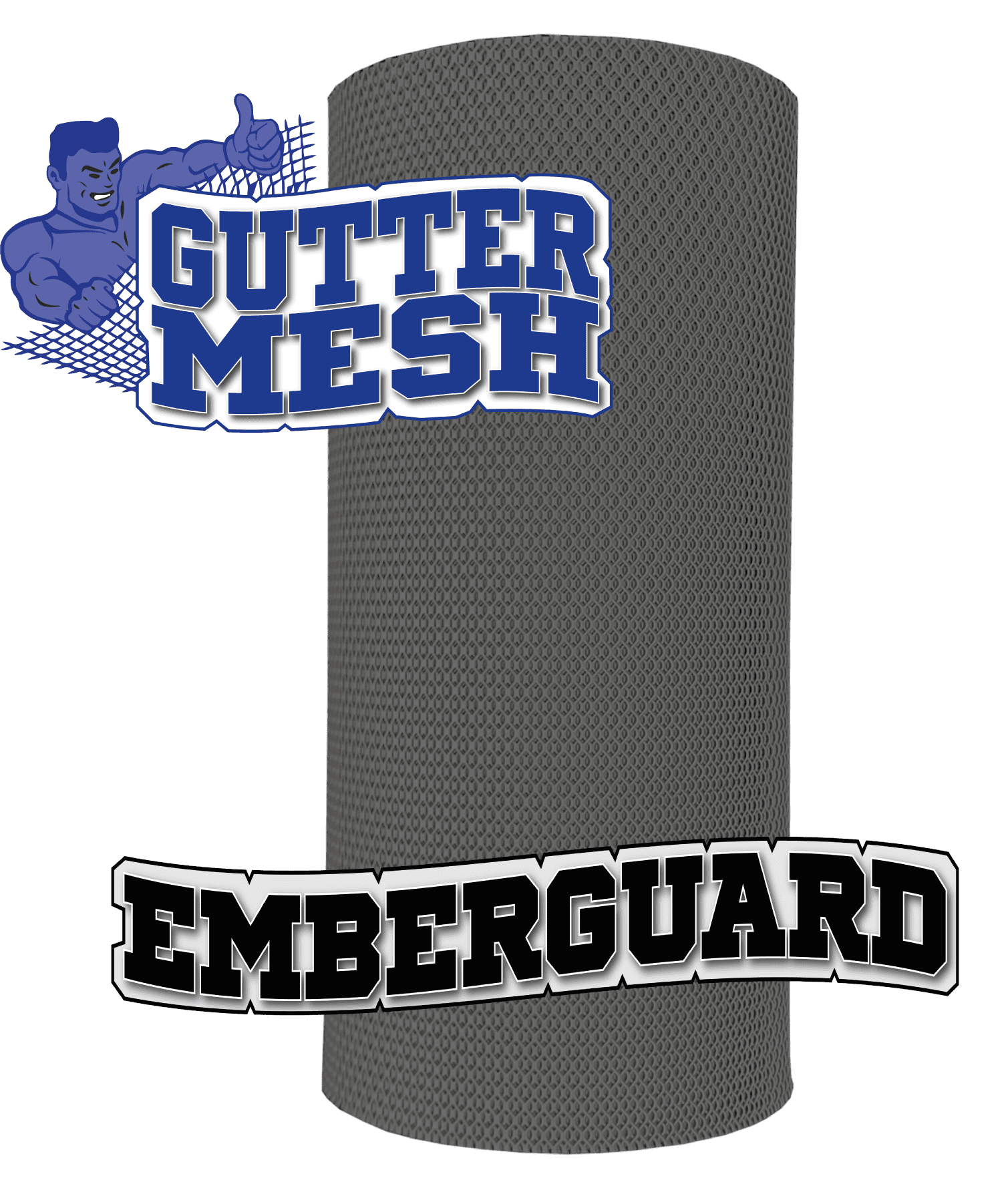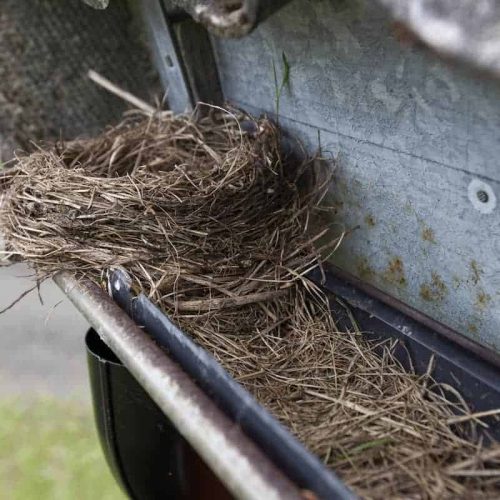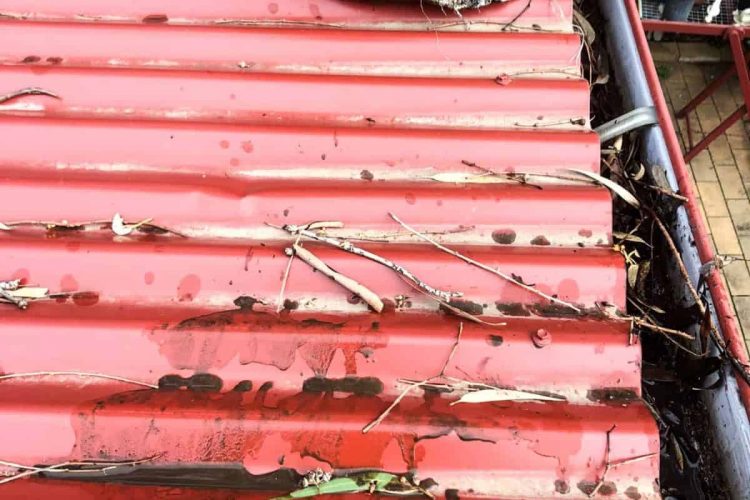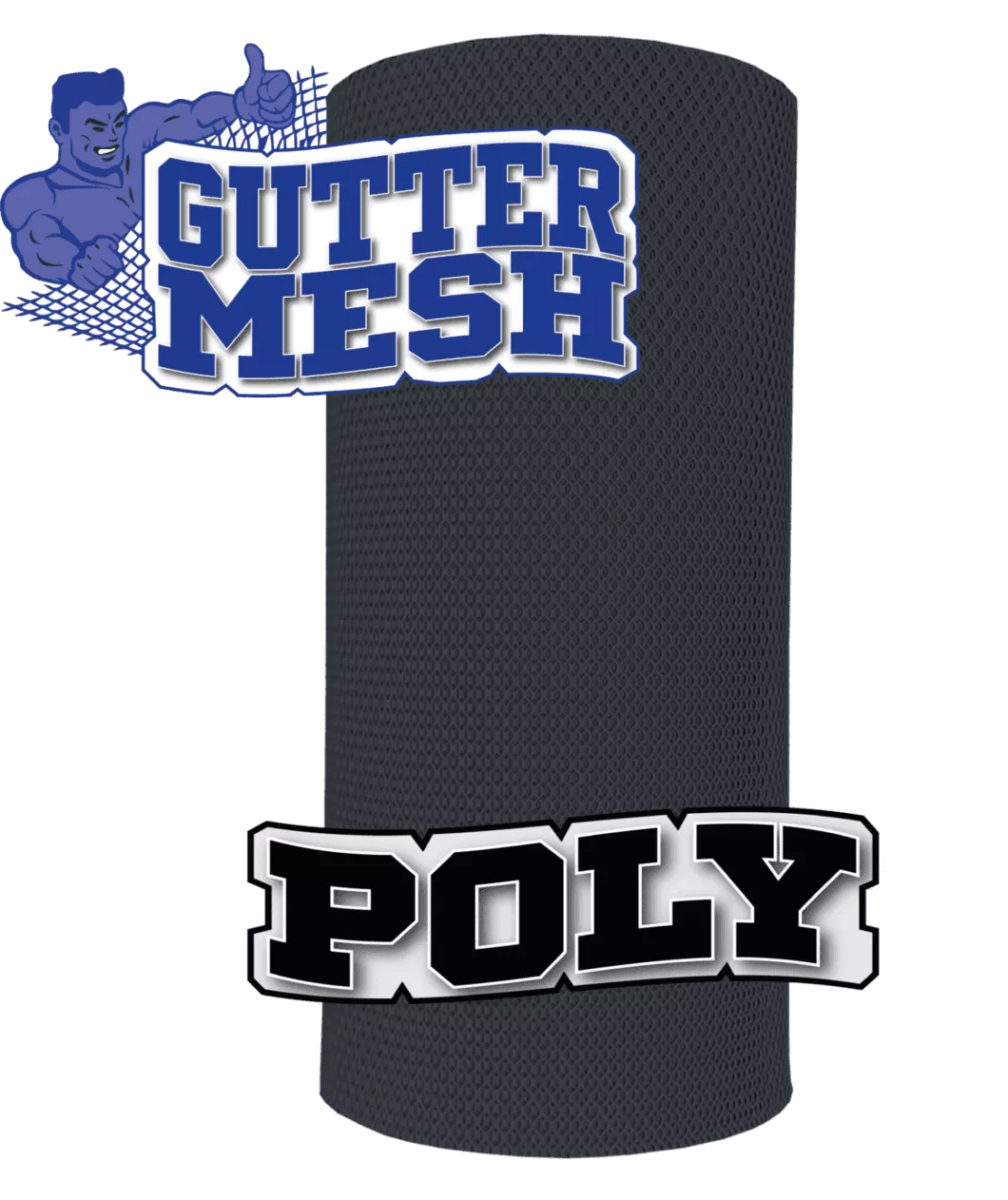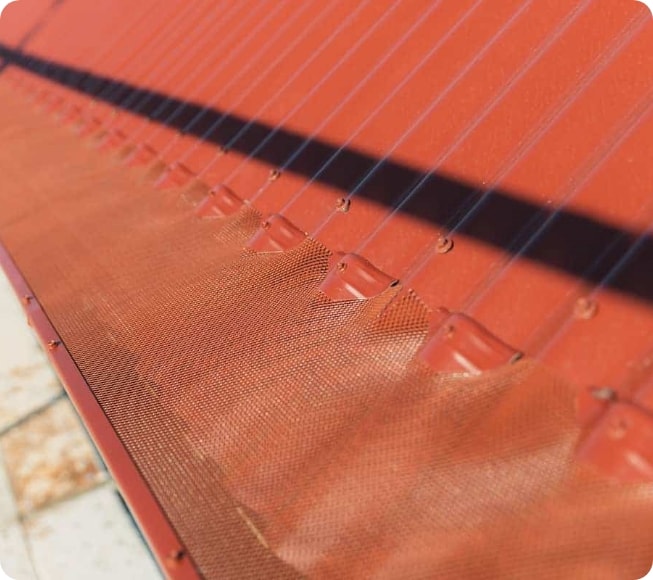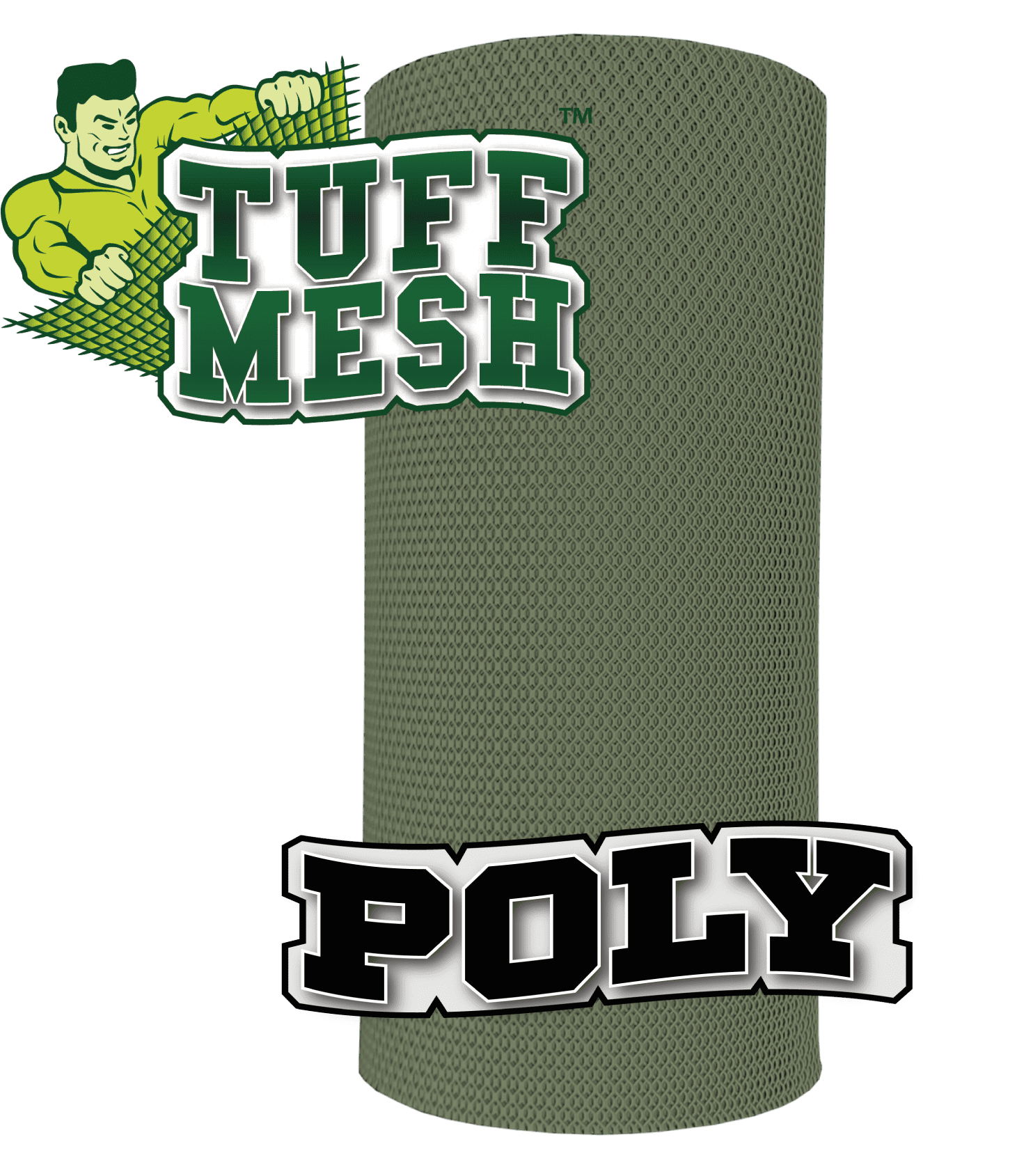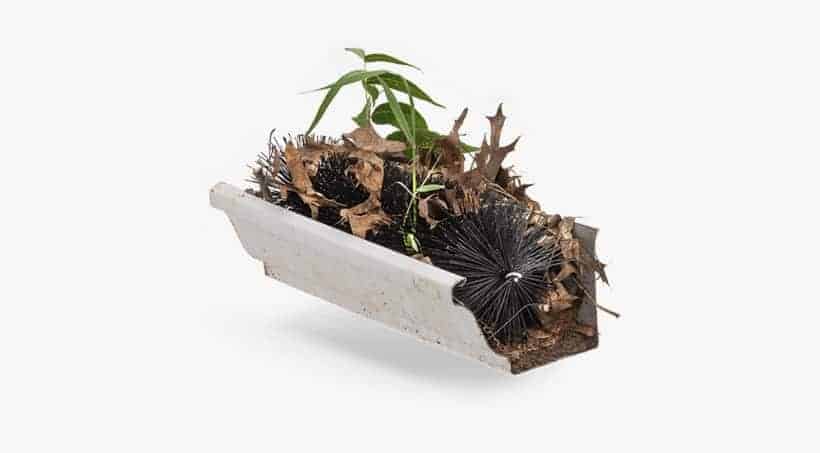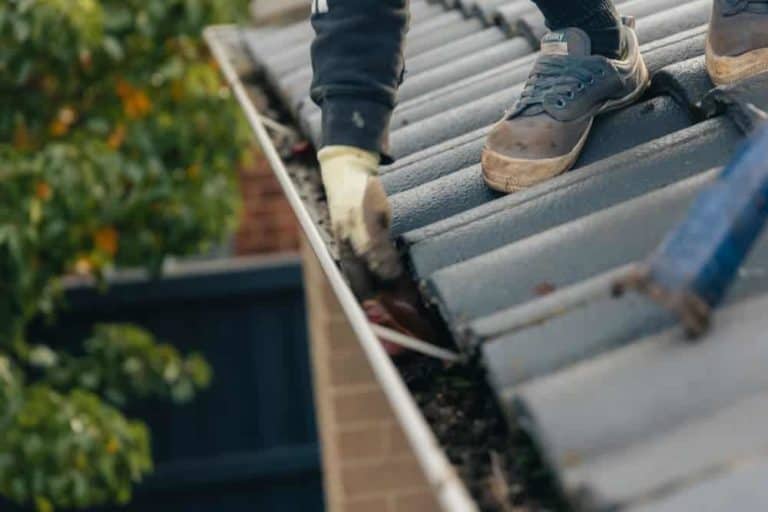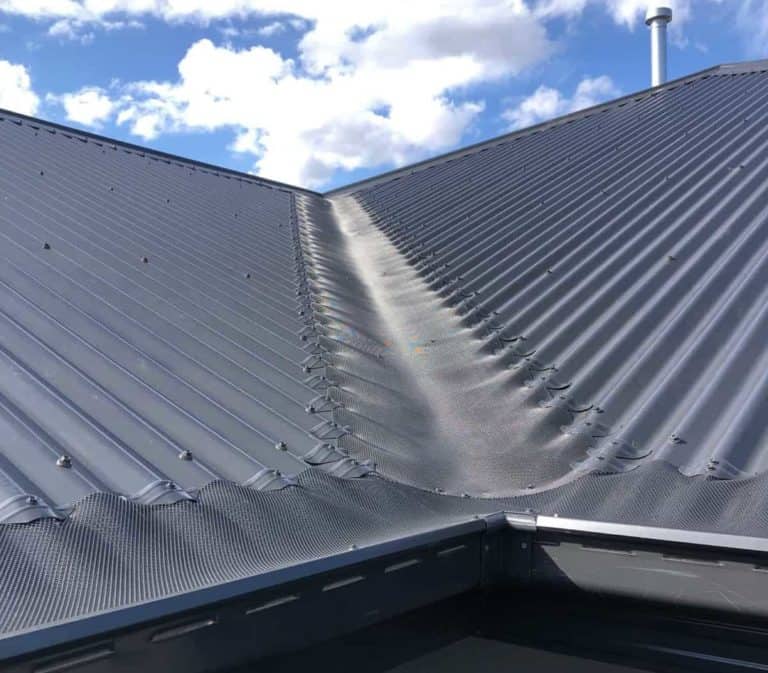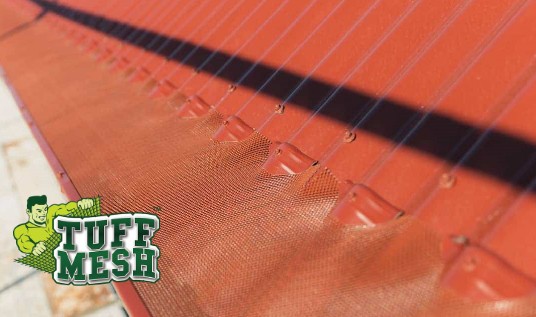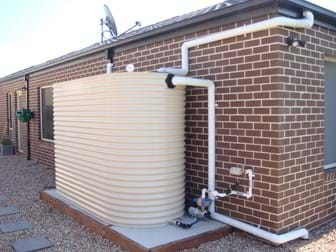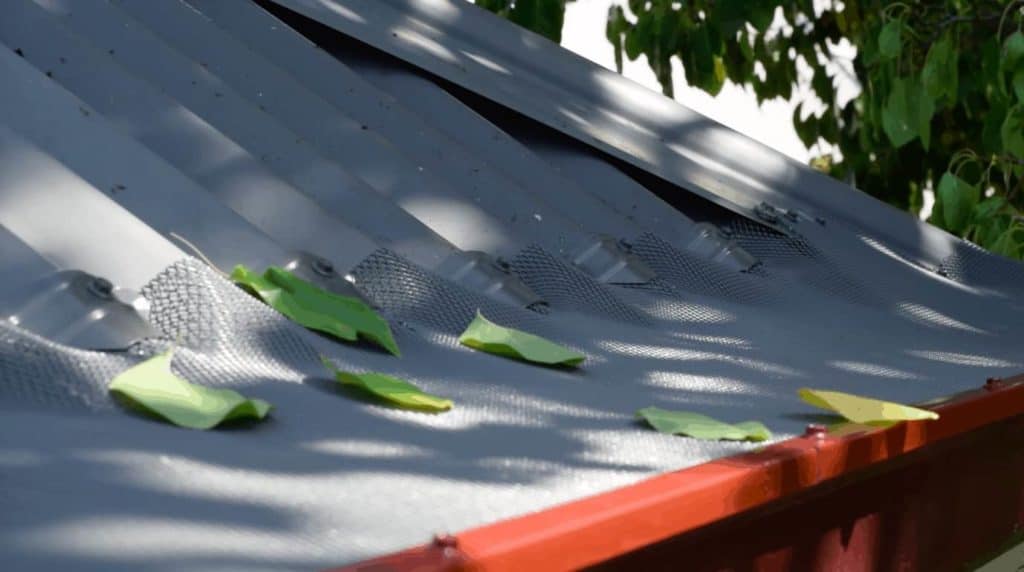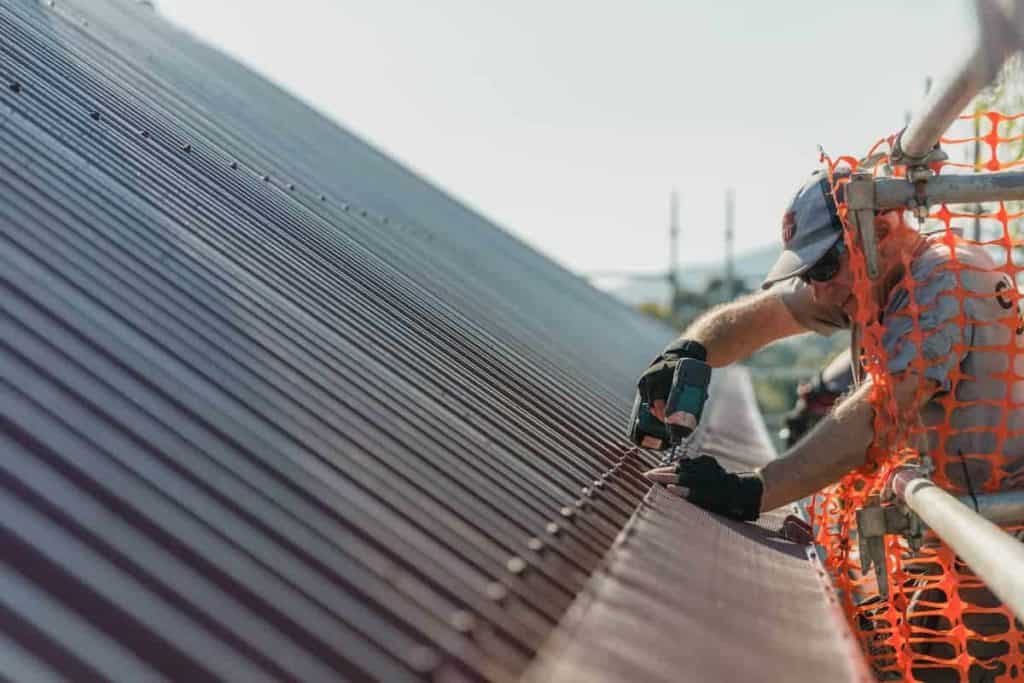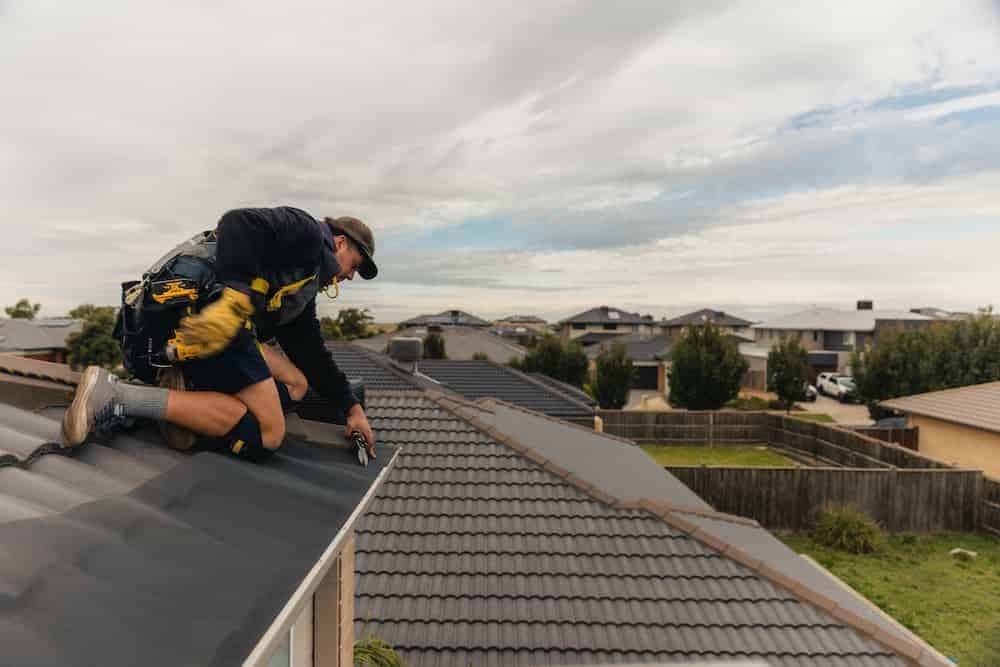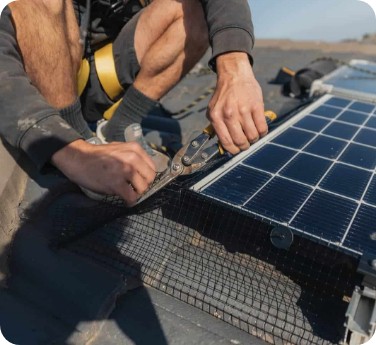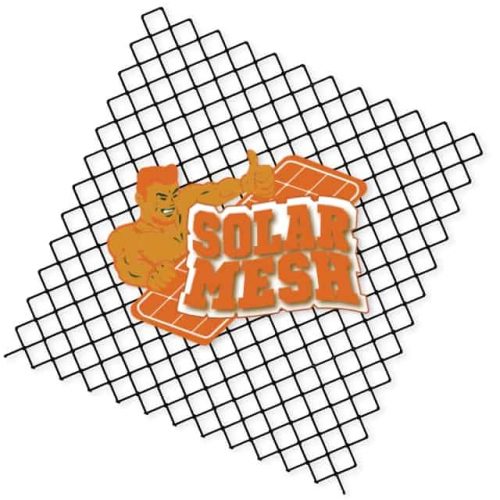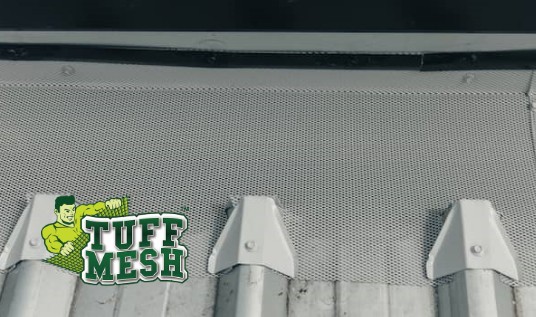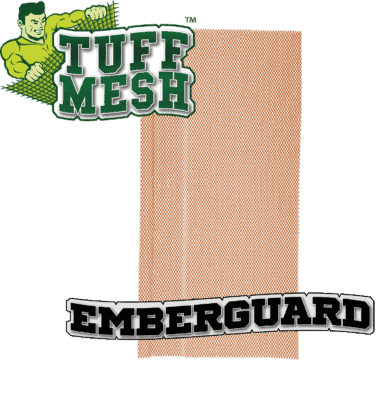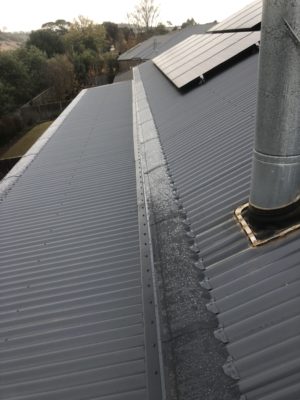2024, the architectural landscape continues to evolve, driven by a confluence of environmental considerations, technological advancements, and a renewed appreciation for natural materials. These shifts are not mere trends but reflect a broader societal movement towards sustainability, efficiency, and harmony with the natural world. At Screen Tech, we recognise architects’ pivotal role in shaping our built environment. This year, we’ve engaged closely with our architectural partners to explore the forefront of architectural innovation.
This exploration has unveiled a series of compelling trends that promise to redefine our spaces, from the dense urban fabric of our cities to the serene expanses of our rural settings. These trends share a common thread: they demand thoughtful consideration of how we protect and preserve the integrity of our structures against the elements.
Top 10 Architectural Trends of 2024 and How ScreenTech is Leading the Way
- Eco-friendly and Sustainable Designs
- Biophilic Design
- Smart Technology Integrations
- Natural Timber Material Use
- Refurbishment, Repurposing, and Retrofit Solutions
- Geometric Roof Designs
- Architectural Shingles
- Fire-resistant Design
- Natural and Rustic Finishes
- Cool Roof Solutions
In this context, Screen Tech’s advanced gutter guard systems emerge as products and integral components of architectural design solutions. They enhance buildings’ longevity and aesthetic appeal while aligning with the principles of sustainability and innovation that are increasingly central to contemporary architecture. This blog post delves into the top architectural trends of 2024 and highlights how Screen Tech is innovatively supporting architects in navigating and excelling in this evolving landscape.
1. Eco-Friendly and Sustainable Designs
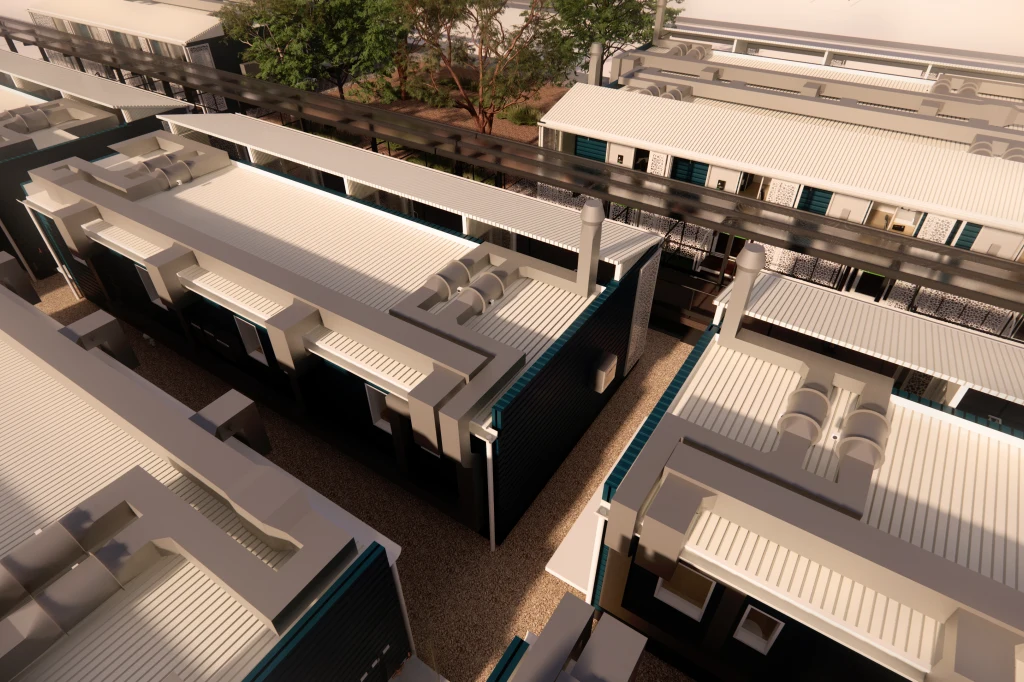
2024 marks a pivotal year where sustainability transitions from a trend to a foundational principle. Architects are increasingly called upon to weave eco-friendly practices and materials into the fabric of their designs, not just as an afterthought but as a central feature of modern architecture. This shift is driven by a growing awareness of environmental issues and a collective desire to mitigate the impacts of climate change, underscoring the need for buildings that harmonise with their surroundings and promote a sustainable way of living.
Screen Tech is proud to align our product offerings with this green revolution. Our TuffMesh™ and SteelMesh solutions are a testament to our commitment to eco-friendly architecture. Made from materials like powder-coated Aluminum and Colorbond® steel, these products are durable and recyclable and support crucial sustainability practices such as rainwater harvesting. Our TuffMesh™ range boasts AS4020 ratings, and our gutter guard systems ensure that architects can design buildings that look good and contribute positively to the environment.
By incorporating elements like TuffMesh™ and SteelMesh into their projects, architects can significantly reduce maintenance needs and enhance the longevity of structures, all while adhering to the highest standards of environmental stewardship. To learn more about our rainwater harvesting solutions, read our page “Rainwater Harvesting Gutter Guard Solution.”
See our TuffMesh® range.
2. Biophilic Design
Further benefits of gutter guards include significantly reducing the need for regular cleaning and maintenance. Gutter cleaning is an arduous and tedious task. Installing gutter guards saves many homeowners time and effort and reduces the risk of falls and other accidents associated with cleaning. Gutter guard protection systems effectively prevent blocked gutters ensuring that gutters remain clear and functional.
Gutter guards can reduce the amount of gutter maintenance required for gutters but do not eliminate the need for gutter maintenance. Even the best gutter guards are not 100% effective at preventing all debris, leaves, and other materials from entering the gutter system. Over time, some residue may accumulate in the gutter system, requiring cleaning to maintain efficiency and prevent clogging.
Additionally, gutter guards themselves may require cleaning and maintenance to remain effective. For example, some gutter guards may need to be cleared of accumulated debris on top of them or cleaned to remove any dirt or other materials collected on their surfaces.
Furthermore, even with gutter guards in place, it is still important to inspect the gutter system regularly to ensure it is functioning properly and to identify any potential issues that may need to be addressed. This may include checking for any damage to the gutter system, ensuring water flows properly through the gutters and downspouts, and checking for any signs of clogging or other issues.
Order a sample pack with commercial and standard gutter mesh samples.
3. Protecting Smart Technology Integrations
The evolution of smart homes and buildings is no longer a glimpse into the future; it has become the present standard. In 2024, the architectural industry sees a deeper integration of smart technologies to enhance energy efficiency, security, and occupant comfort. Protecting solar investments becomes paramount as architects integrate more intelligent systems into their designs.

Screen Tech’s SolarMesh stands at the intersection of innovation and functionality, offering a pivotal solution for protecting solar panel investments. Debris, leaves, and pests can significantly hamper solar panels’ efficiency, which is integral to the energy efficiency goals of modern smart buildings. SolarMesh ensures that these renewable energy sources continue to operate at optimum levels by providing a barrier against such common issues. Learn more about solar mesh via our blog, “Why solar mesh is a must and not an optional extra!”
Order a sample pack.
4. Use of Natural Timber Materials

2024 sees a profound appreciation for the intrinsic value of natural materials. Stone and wood, with their timeless elegance and enduring strength, are being increasingly incorporated into designs that seek not just to impress visually but to connect spaces with the natural world. This resurgence is not merely aesthetic but a response to a growing desire for authenticity, sustainability, and spaces that evoke a sense of calm and connection to the earth.
Effective water management plays a vital role in preserving the beauty and integrity of natural materials. Our gutter guard systems are meticulously engineered with features tailored to maximise water drainage capacity while preserving natural materials. Our ember guard products incorporate directional holes and specially designed water troughs. With their smaller hole size, ember guards do not compromise on water capture efficiency. This balance is critical in climates where heavy rainfall can challenge the integrity of architectural designs, particularly those incorporating natural timber.
Moreover, Screen Tech guides architects on implementing a ‘ski-slope’ installation design. This strategic approach ensures that the gutter system remains free of debris and leaves by facilitating their natural slide off the roof, thus preventing accumulation and blockage. This design philosophy not only enhances the functionality of the gutter guard system but also complements the aesthetic appeal of architectural projects by maintaining clean lines and unobstructed surfaces. Our solutions give architects the peace of mind that their choice of natural materials will stand the test of time, resist the elements, and retain their beauty.
Need gutter guard installed?
5. Refurbishment, Repurposing, and Retrofit Solutions
The focus on refurbishing, repurposing, and retrofitting existing structures has emerged as a key trend. This approach pays homage to the architectural narrative embedded within historical edifices and aligns with the ethos of sustainable development by maximising the lifecycle of existing resources. The challenge and opportunity here lie in seamlessly blending the old with the new, ensuring that structures meet contemporary functional requirements while preserving their intrinsic historical and aesthetic value.
Screen Tech’s contribution to this trend is our comprehensive architectural consultation service. We understand that each refurbishment or retrofit project presents its own set of unique challenges and opportunities. Therefore, our team of experts has collaborated closely with architects and designers to identify tailor-made gutter guard solutions that respect and enhance the architectural vision since the project’s inception. Our TuffMesh™ and SteelMesh products, known for their durability and design flexibility, are foundational in protecting and preserving the structural integrity of repurposed buildings. For more information for architects, read “10 Architectural Considerations for Gutter Mesh.”
Our products, such as the TuffMesh™ and SteelMesh ranges, are designed to integrate seamlessly with a variety of architectural styles, from historic renovations to modern retrofits. Their robust construction ensures long-term durability and protection against water damage, a crucial consideration in the preservation and functionality of repurposed buildings.
Moreover, our consultation service places a strong emphasis on aesthetic integration. Screen Tech’s gutter guards are designed to be architecturally sympathetic, complementing the building’s original or intended appearance without compromising functionality. Whether it involves adapting a historic facade or modernising an industrial space for residential use, our solutions are crafted to be inconspicuous yet effective, ensuring water management systems align with the project’s overall design ethos.
6. Geometric Roof Designs
Moving beyond the traditional gable and hip roofs, architects are now embracing asymmetry and angular shapes, a testament to the evolving aesthetic sensibilities and technological advancements in construction. These geometric roofs are not merely aesthetic statements; they redefine the functionality of the roof space, offering enhanced natural lighting, improved rainwater harvesting capabilities, and a distinctive character to buildings.
With the advent of these geometric designs comes the practical consideration of managing more prominent and more complex gutter systems. Traditional gutter solutions often fall short in addressing the unique challenges presented by these modern structures. Screen Tech’s TuffMesh™ gutter guard system rises to this occasion, offering unmatched strength and flexibility. Designed to span across larger gaps and accommodate the unconventional shapes of modern architecture, TuffMesh™ ensures that even the most avant-garde designs benefit from effective water management and protection. Learn more about how to install gutter guard to box gutters, via our YouTube video.
The importance of maintaining the integrity of these larger gutter systems cannot be overstated. Water damage and blockages can detract from the aesthetic appeal of bold geometric structures and compromise their structural integrity. Screen Tech’s solution not only provides unmatched protection but does so in a way that respects the architectural vision. Our gutter guard systems are discreet and adaptable, ensuring that the functional necessity of water management does not impede the creative ambition of architectural designs. TuffMesh™ not only offers unmatched durability to span larger gaps but blends seamlessly with the modern aesthetic of geometric roofs. This compatibility ensures that the functional aspects of rainwater management do not detract from the architectural vision.
7. Architectural Shingles
Architectural shingles, distinguished by their high-end, dimensional appearance, add depth and texture to roofs. They offer a variety of styles and colours that enable architects around Australia and beyond to craft visually striking and unique rooftops. Far from being purely decorative, architectural shingles also provide enhanced durability and weather resistance, making them an ideal choice for areas subject to diverse climatic conditions.
Screen Tech’s innovative installation techniques are used in projects featuring architectural shingles or larger valley roofs. Our expertise lets us advise architects on incorporating our gutter guard systems to complement architectural shingles’ intricate designs and configurations. This synergy ensures that the functional requirements of effective water management and debris protection are met without compromising the aesthetic integrity of the roof design.
The appeal of architectural shingles lies not just in their visual richness but also in their ability to create a distinct architectural statement. By providing detailed consultation and tailored solutions, Screen Tech aids architects in realising their vision, ensuring that each project’s unique aesthetic and functional demands are addressed without interfering with the architectural statement. Our gutter guard systems are designed to be as adaptable and resilient as the materials they protect. They offer peace of mind that the beauty and integrity of architectural shingle roofs are preserved over time.
Need gutter guard installed?
8. Fire-resistant Design
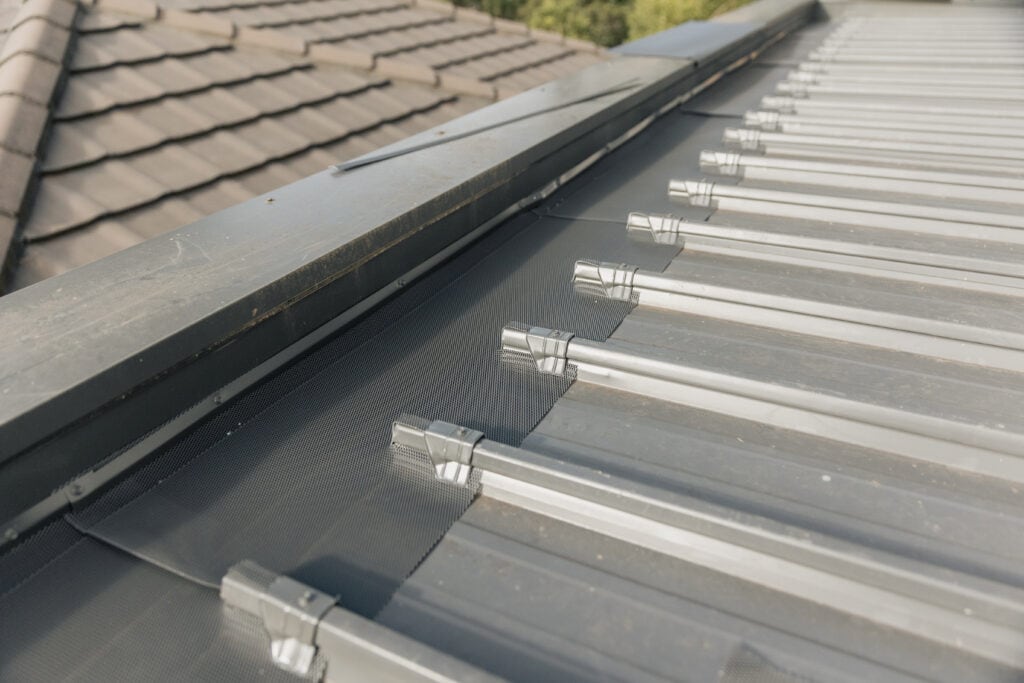
Fire-resistant roofing materials have emerged as a paramount trend, driven by the urgent need to safeguard homes against fires’ devastating impact. This approach to architectural design enhances structures’ safety and resilience and provides homeowners with much-needed peace of mind.
Recognising this critical need, Screen Tech has curated the most comprehensive range of fire protection mesh available. Our ember guard and fire guard range, available in aluminium and steel, addresses the multifaceted threat posed by bushfires with hole sizes below the minimum of 2mm. We designed our products to protect against ember attack, radiant heat, and direct flame contact, representing the pinnacle of fire-resistant technology in roofing materials. Understand more about BAL ratings from our blog, “Gutter Guard BAL Ratings Explained.”
Available in all Colorbond® colours, Screen Tech’s fire protection mesh solutions seamlessly integrate with a wide variety of architectural styles, ensuring that safety measures do not compromise the aesthetic integrity of your home. This compatibility is essential for maintaining properties’ visual appeal while significantly elevating their safety profile against fire hazards.
9. Natural and Rustic Finishes
In 2024, we are seeing a resurgence in the popularity of natural and rustic finishes, and we have seen sale trends in Colorbond® colours, including basalt, dark brown and terracotta. This trend is a nod to the timeless beauty of the earth’s materials and a shift towards authenticity in design. Materials like timber and terracotta tiles have resurfaced for their aesthetic appeal and ability to impart warmth, texture, and a connection to nature in rural and suburban settings. These finishes express a growing desire among architects and homeowners alike for spaces that feel grounded, inviting, and inherently connected to the natural world.
Screen Tech’s full Colorbond® range and tile-colour-matched products complement these natural finishes. Our commitment to providing solutions that enhance and preserve the beauty of rustic designs is evident in our meticulously crafted gutter guard systems. Our expanded tile roof colour range makes us stand out above our competitors.
10. Cool Roof Solutions
With Australia’s climate presenting a significant challenge to maintaining comfortable indoor temperatures, especially during the intense summer months, cool roof technology has surged in popularity.
In response to this growing demand, Screen Tech has introduced its new Dover White™ product colours within our TuffMesh™, SteelMesh, and GutterMesh ranges. This strategic expansion is not merely about offering new colour options; it represents our commitment to supporting cool roof technology. The reflective properties of the Dover White™ colour enhance the effectiveness of cool roofs, complementing their heat-reflective capabilities and contributing to buildings’ overall energy efficiency.
Want to know more? ScreenTech sends gutter guard samples and guides to architects and discusses projects and considerations.
ScreenTech’s TuffMesh® range is the best commercial-grade gutter guard in Australia. It is only available for professional installation and not as a DIY option.
Look no further than ScreenTech’s TuffMesh®, GutterMesh, SteelMesh and SolarMesh products. Our mesh suits Klip-Lok®, Timdeck® corrugated roof types and tiled roofs. Get in touch with a ScreenTech installation partner today.

